When you bring a rabbit into your home, you welcome a companion that's as curious as they are sensitive. Rabbits are expressive creatures with unique personalities, and with the right care, they can thrive in a home environment. But raising a happy, healthy rabbit means going beyond the basics. It's not just about food and shelter—it's about creating a lifestyle that meets both their physical and emotional needs.
Click Here For a Guide to Understanding Your Rabbits Diet.

Whether you're a new rabbit owner or have had bunnies for years, you might wonder how to truly elevate their daily life. There are many ways to help your furry friend feel more secure, enriched, and understood. Let's dive into the most effective and rewarding ways you can focus on improving rabbit life quality—one hop at a time.
The Foundation of a Rabbit's Well-Being: Quality Hay
A rabbit's diet is the foundation of their overall health. At the core of this diet? High-quality hay. Not all hay is equal, though. Soil, climate, and harvesting methods all play a role in nutritional value and taste. Our hay is grown in Northern California and Southern Oregon—regions known for their rich soil and mild temperatures. These ideal conditions result in lush, aromatic hay that keeps rabbits munching happily and healthily.
Hay doesn't just fill bellies—it supports dental health and keeps the digestive system moving. That's why it should make up the majority of your rabbit's daily intake. If your rabbit isn't eating enough hay, they're at risk for issues like GI stasis, tooth overgrowth, and even boredom.
Why High-Quality Hay Matters for Improving Rabbit Life Quality
Hay does more than meet dietary needs. It's tied directly to behavior, well-being, and quality of life. In the wild, rabbits spend a huge portion of their day foraging. Premium hay allows domestic rabbits to mimic that behavior in a safe, enriching way. Chewing hay keeps their teeth in check and gives them something to do between meals.
Rabbit Hole Hay’s Ultra Premium Medium Timothy Hay is a great example. It's soft, fragrant, and harvested at just the right time for optimal nutrition. Many rabbits prefer it over coarser options, especially if they're picky eaters or have dental sensitivities.
If you're looking to make a simple change that will support your rabbit's long-term health, start with the hay. Always offer fresh hay, stored in a cool, dry place, and refresh it daily to keep it appetizing.
7 Simple Strategies for Improving Rabbit Life Quality
Hay is important—but it's only one part of the puzzle. Rabbits thrive when their environment, interactions, and routines meet their natural instincts and social needs. Here's how to build a lifestyle that supports the happiest version of your bun.
1. Offer a Nutritious, Balanced Diet
Fresh hay should be 80–90% of your rabbit's diet, but the rest still matters. Fresh leafy greens (like romaine, parsley, and cilantro) add variety and hydration. Pellets should be limited to small portions daily. Choose high-fiber pellets with no added sugars, seeds, or artificial colors.
Be sure to provide fresh, clean water at all times. Some rabbits prefer bowls to bottles, so experiment and see which one they like more. A well-fed rabbit is a content rabbit—and better equipped to handle stress, aging, or illness.
2. Create a Spacious and Enriching Living Area
A cramped cage won't cut it. Rabbits need space to hop, stretch, and play. If a large pen or rabbit-proofed room isn't an option, give your rabbit daily access to an exercise area. At minimum, aim for 3–4 hours outside of the cage every day.
Inside their enclosure, include a hiding box, a dig box (fill a cardboard box with shredded paper or hay), and places to perch or tunnel. Rearranging items every week also adds novelty to their routine.
3. Encourage Daily Social Time
Rabbits are incredibly social. While some are more outgoing than others, they all benefit from regular, gentle interaction. Sit with your rabbit on the floor, talk softly to them, and let them come to you. Over time, you'll build trust and a sense of companionship.
If you work long hours or live alone, consider adopting a second rabbit. Bonded pairs groom, cuddle, and entertain each other, offering comfort when you're not around. Always go through proper bonding steps before introducing two rabbits.
4. Provide Plenty of Mental Stimulation
One of the most overlooked aspects of rabbit care is mental exercise. Without it, rabbits can become bored, anxious, or destructive. Chew toys, cardboard tunnels, stacking cups, and untreated wicker baskets all offer engaging ways to pass time.
You can also try foraging activities by hiding small portions of food in hay piles, toilet paper rolls, or puzzle feeders. Just remember to supervise your rabbit until you're sure they aren't ingesting any unsafe materials.
5. Grooming: More Than Just Clean Fur
Grooming supports both hygiene and bonding. Rabbits shed several times a year, and during molting seasons, daily brushing is a must to prevent fur blockages. Use a soft-bristle brush or grooming glove for gentle care.
If your rabbit resists brushing, go slow. Pair it with treats or quiet cuddle time. Also, keep an eye on nails, as overgrown claws can affect posture and mobility. For more details, check out our guide on rabbit grooming habits.
6. Prioritize Health Care & Regular Vet Visits
A rabbit-savvy vet is your partner in preventing and managing health issues. Schedule annual checkups—even if your rabbit seems healthy. Spaying or neutering prevents hormonal behaviors and certain cancers, and dental exams help catch problems early.
Any changes in appetite, stool size, posture, or behavior could signal something serious. The sooner it's addressed, the better the outcome. And remember, rabbits are prey animals—they hide illness well, so early detection is key.
7. Rabbit-Proof Your Home for Safety
Rabbits love to chew. That includes wires, carpet edges, and furniture. A safe environment helps them explore freely without danger. Use cord protectors, cover baseboards with plastic guards, and block access to houseplants or cleaning supplies.
Want a full guide? We’ve got you covered in our blog on rabbit-proofing your home.

Signs Your Rabbit is Thriving
How do you know your rabbit's quality of life is truly good? While every bunny is different, there are signs you can look for:
They have a healthy appetite and are eating lots of hay.
Their droppings are consistent and plentiful—round, dry, and well-formed.
They're alert, curious, and comfortable approaching you.
They binky (leap and twist in joy) or flop over in deep relaxation.
They engage with toys, explore their environment, or nap in open spaces.
These behaviors indicate a rabbit that feels safe, well-fed, and mentally stimulated—exactly what we want when improving rabbit life quality.
Improving Rabbit Life Quality Starts With You
Rabbits may be small, but their needs run deep. From nutrition and socialization to enrichment and vet care, every part of their routine impacts how they feel and behave. Taking the time to adjust their environment and daily habits can lead to a significant difference in their overall mood and health.
At Rabbit Hole Hay, we're passionate about helping you build that better life. We offer more than just products—we offer education, community, and ongoing support. Start with high-quality hay, enrich their world with safe toys, and stay curious about what makes your rabbit tick. You're their whole world—make it a wonderful one.
Need help getting started? Visit our Rabbit Starter Kit page for a curated selection of essentials perfect for improving rabbit life quality from day one.
A Happier Rabbit, A Better Bond
When your rabbit is healthy, relaxed, and engaged, everything else becomes easier. Litter box training improves. Bonding gets deeper. And you'll enjoy more of those quiet, comforting moments that make rabbit ownership so special.

Take a look around your rabbit's space today and ask yourself: What can I tweak to make this better? One small change can lead to a big shift in how your rabbit experiences the world. And in return, they'll gift you with joy, loyalty, and a personality that's more expressive than you ever imagined.
Ready to take the next step? Explore more helpful advice in our blog on how to tell if a rabbit is healthy. It's one of our most read resources and helps rabbit parents feel more confident every day.
Because improving rabbit life quality isn't a destination—it's a series of thoughtful, loving choices. And you're already on the right path.
Daily Habits That Support a Better Life
Even the smallest daily routines have a big impact on improving rabbit life quality. You don't need a total overhaul to make a difference—just a few mindful habits go a long way.
Replace your rabbit's hay every morning, not just when it looks low. Fresh hay smells better and keeps them coming back.
Observe their behavior during playtime. Notice which toys or activities they gravitate toward, and rotate them weekly for variety.
Gently check their teeth, ears, nails, and fur during cuddle sessions. Catching small changes early can prevent costly vet visits later.
Keep their water bowl clean and filled. Even a little dust or hay in the water can discourage drinking, especially for picky rabbits.
These habits take just a few minutes, but they show your rabbit they're safe and cared for—which builds trust, lowers stress, and contributes to their emotional well-being.
Key Takeaways for Improving Rabbit Life Quality
Premium hay is critical—it fuels digestion, prevents dental issues, and supports natural foraging behaviors.
Daily enrichment, interaction, and exercise are just as important as food and shelter.
Building trust with your rabbit takes time, consistency, and gentleness—but it's one of the most rewarding bonds you'll ever have.
When you choose to prioritize your rabbit's happiness, you're not just a pet owner. You're a caregiver, a protector, and a friend.
So go ahead—freshen the hay, fluff the bedding, and toss a new toy into the enclosure. Every small act adds up to a better, richer life for your little companion. And that's what improving rabbit life quality is all about.
I’ll now continue in the next message with a proper closing section and a summary with key takeaways to finalize the blog.Daily Habits That Support a Better Life
Even the smallest daily routines have a big impact on improving rabbit life quality. You don’t need a total overhaul to make a difference—just a few mindful habits go a long way.
Replace your rabbit’s hay every morning, not just when it looks low. Fresh hay smells better and keeps them coming back.
Observe their behavior during playtime. Notice which toys or activities they gravitate toward, and rotate them weekly for variety.
Gently check their teeth, ears, nails, and fur during cuddle sessions. Catching small changes early can prevent costly vet visits later.
Keep their water bowl clean and filled. Even a little dust or hay in the water can discourage drinking, especially for picky rabbits.
These habits take just a few minutes, but they show your rabbit they’re safe and cared for—which builds trust, lowers stress, and contributes to their emotional well-being.
Key Takeaways for Improving Rabbit Life Quality
Premium hay is critical—it fuels digestion, prevents dental issues, and supports natural foraging behaviors.
Daily enrichment, interaction, and exercise are just as important as food and shelter.
Building trust with your rabbit takes time, consistency, and gentleness—but it’s one of the most rewarding bonds you’ll ever have.
When you choose to prioritize your rabbit’s happiness, you’re not just a pet owner. You’re a caregiver, a protector, and a friend.
So go ahead—freshen the hay, fluff the bedding, and toss a new toy into the enclosure. Every small act adds up to a better, richer life for your little companion. And that’s what improving rabbit life quality is all about.


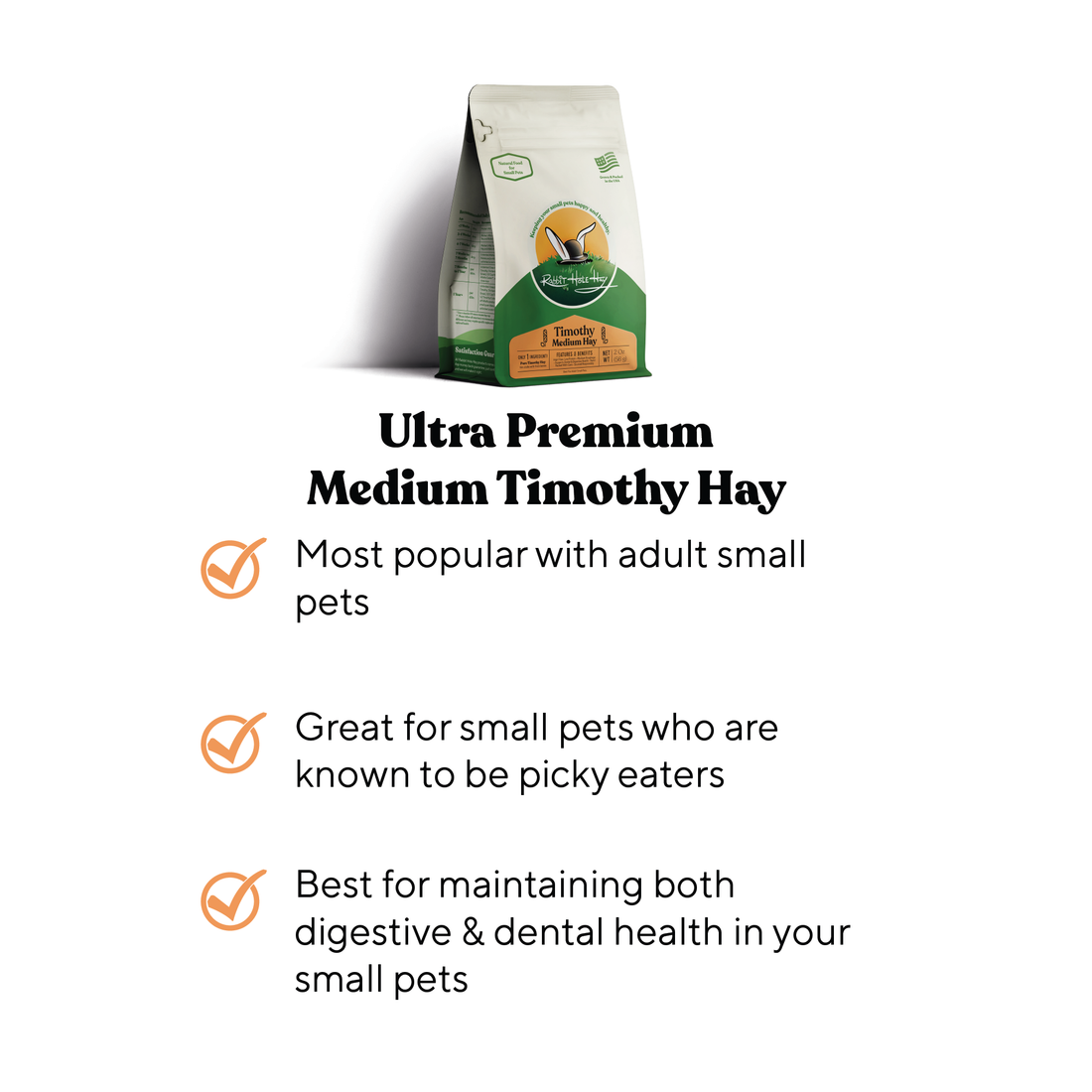



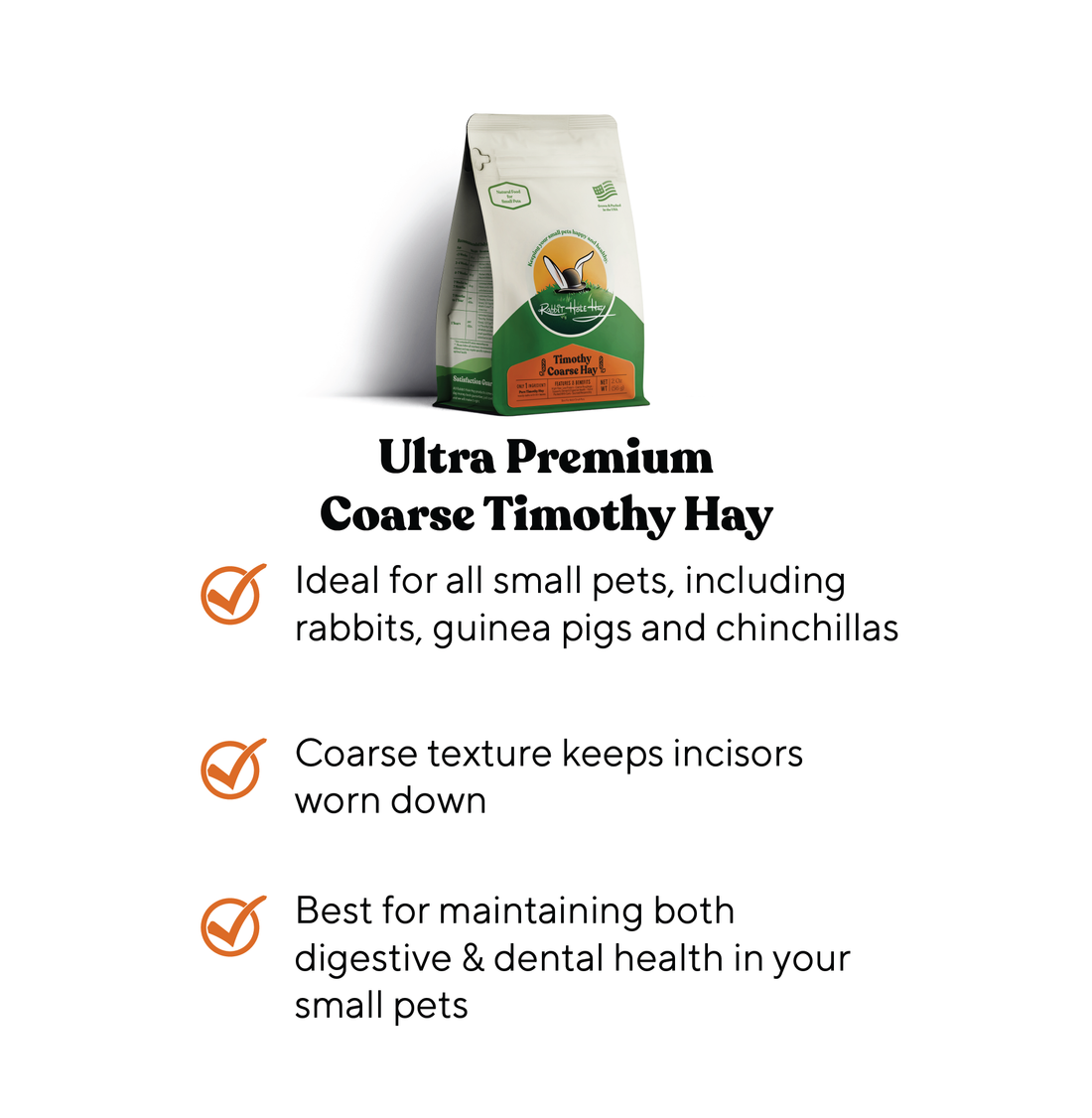
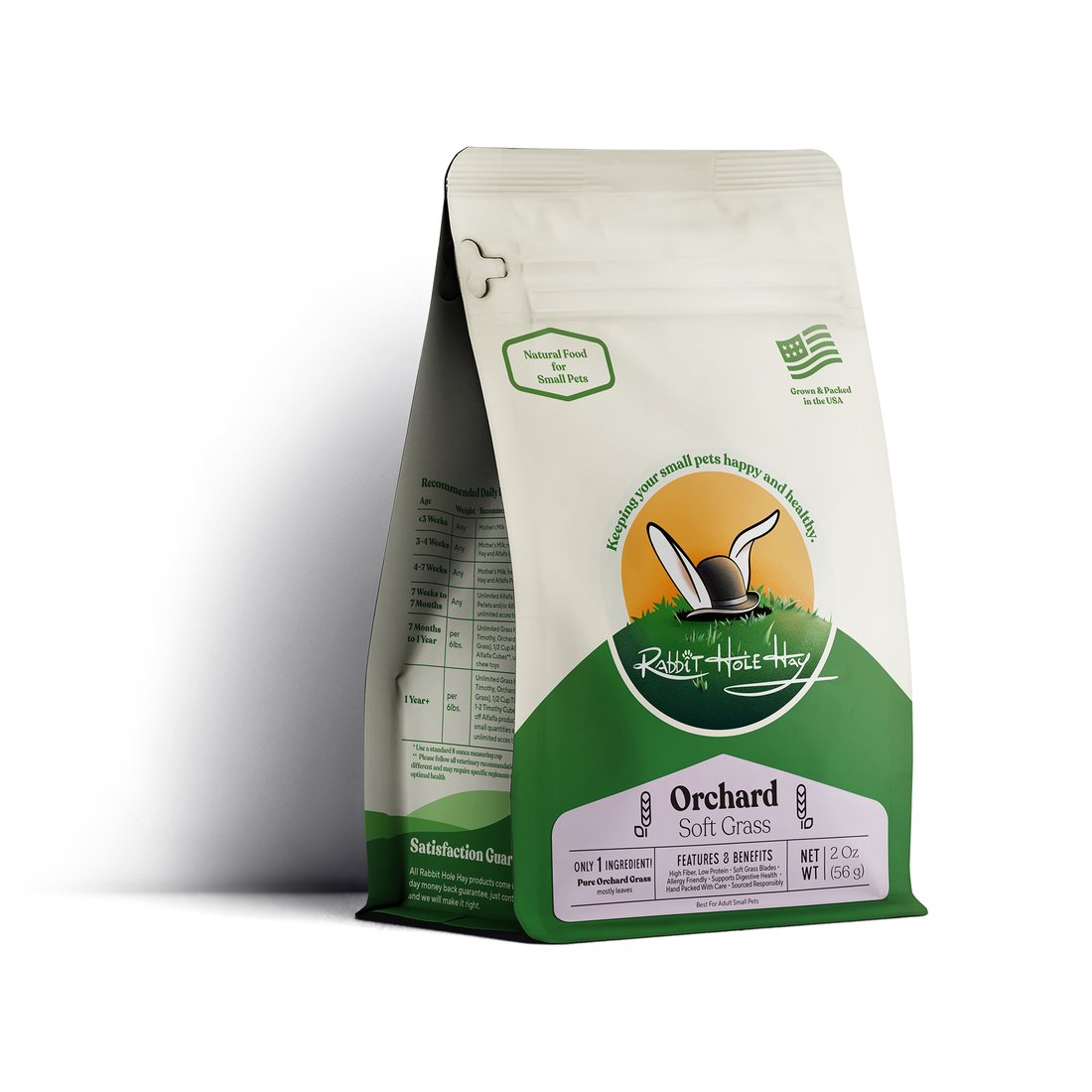
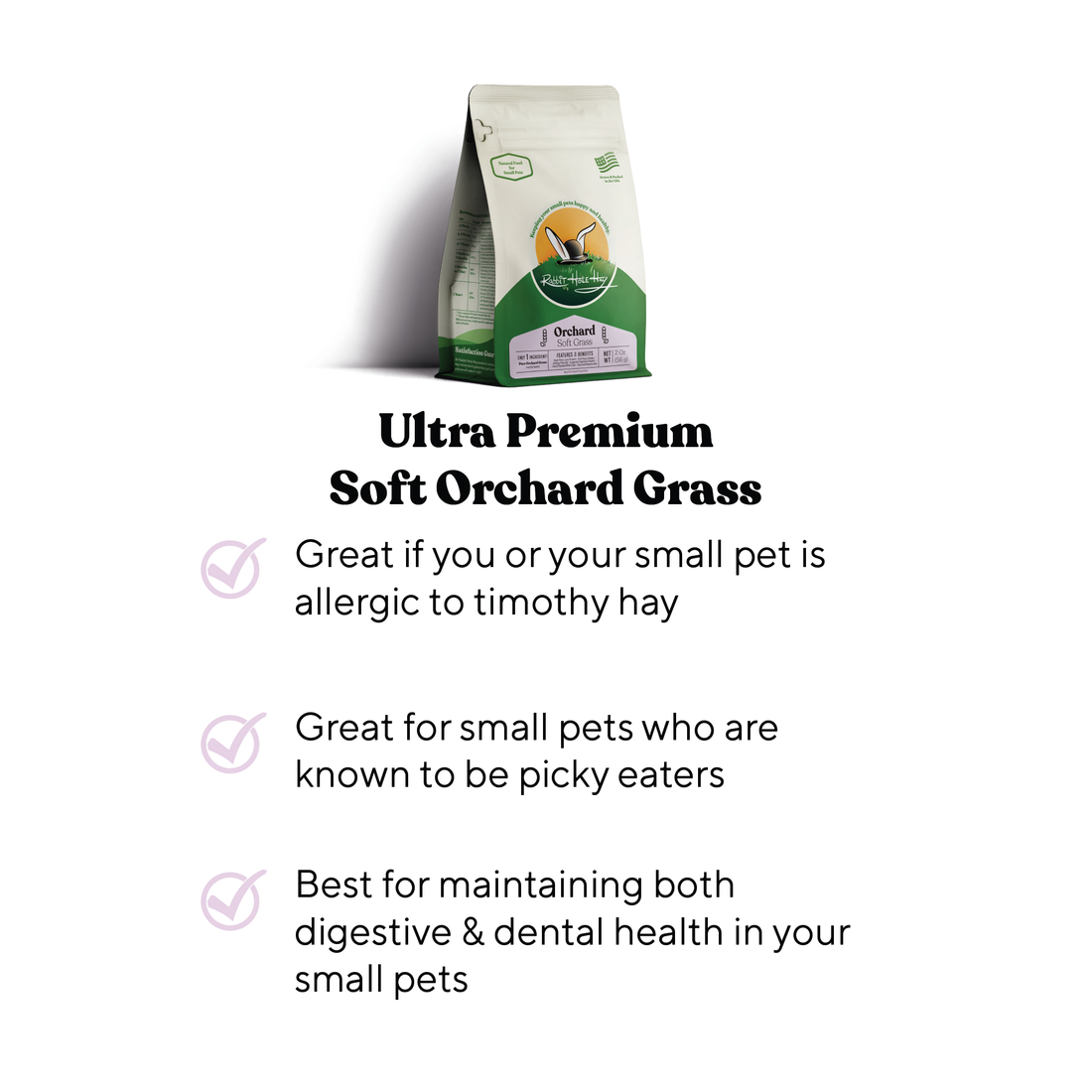
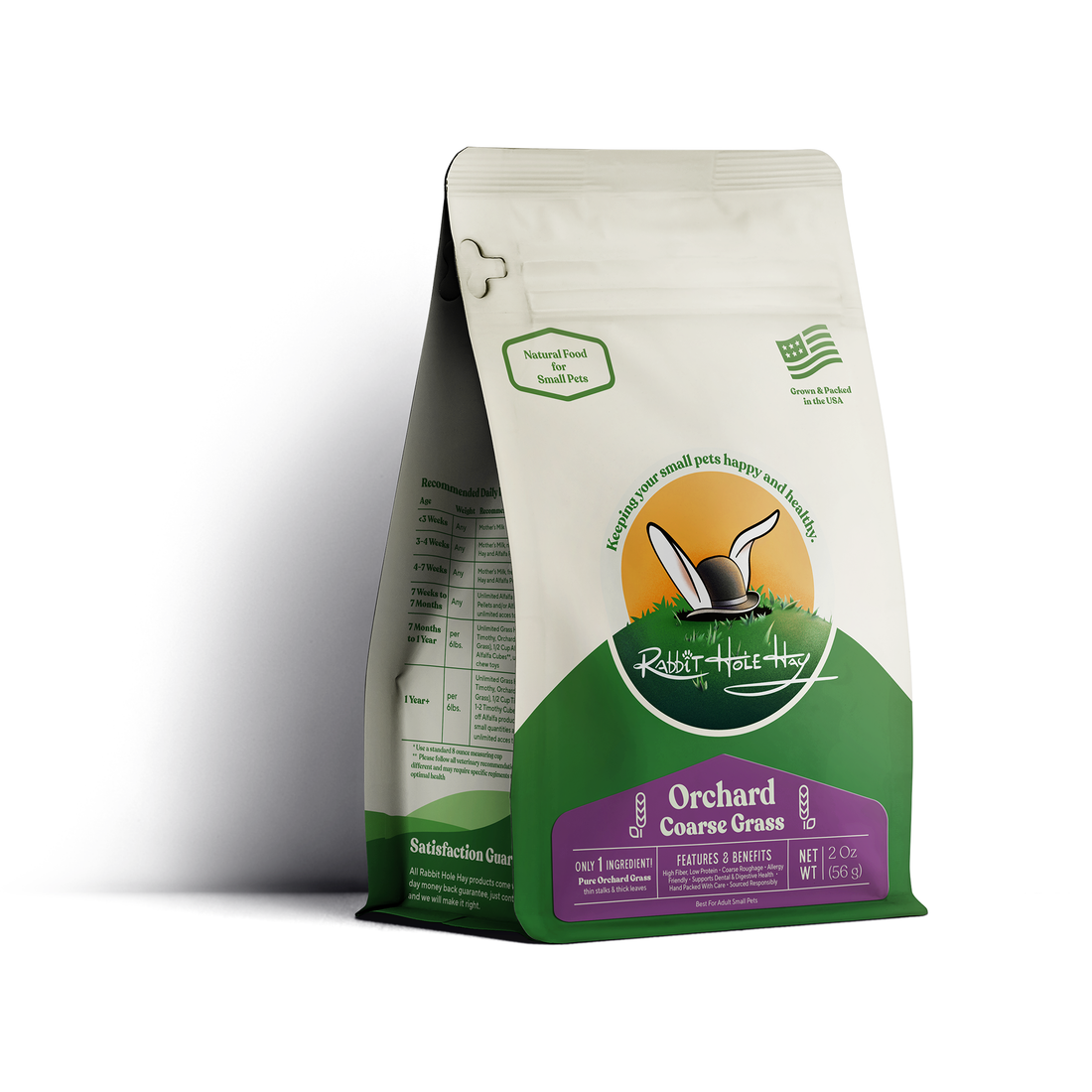
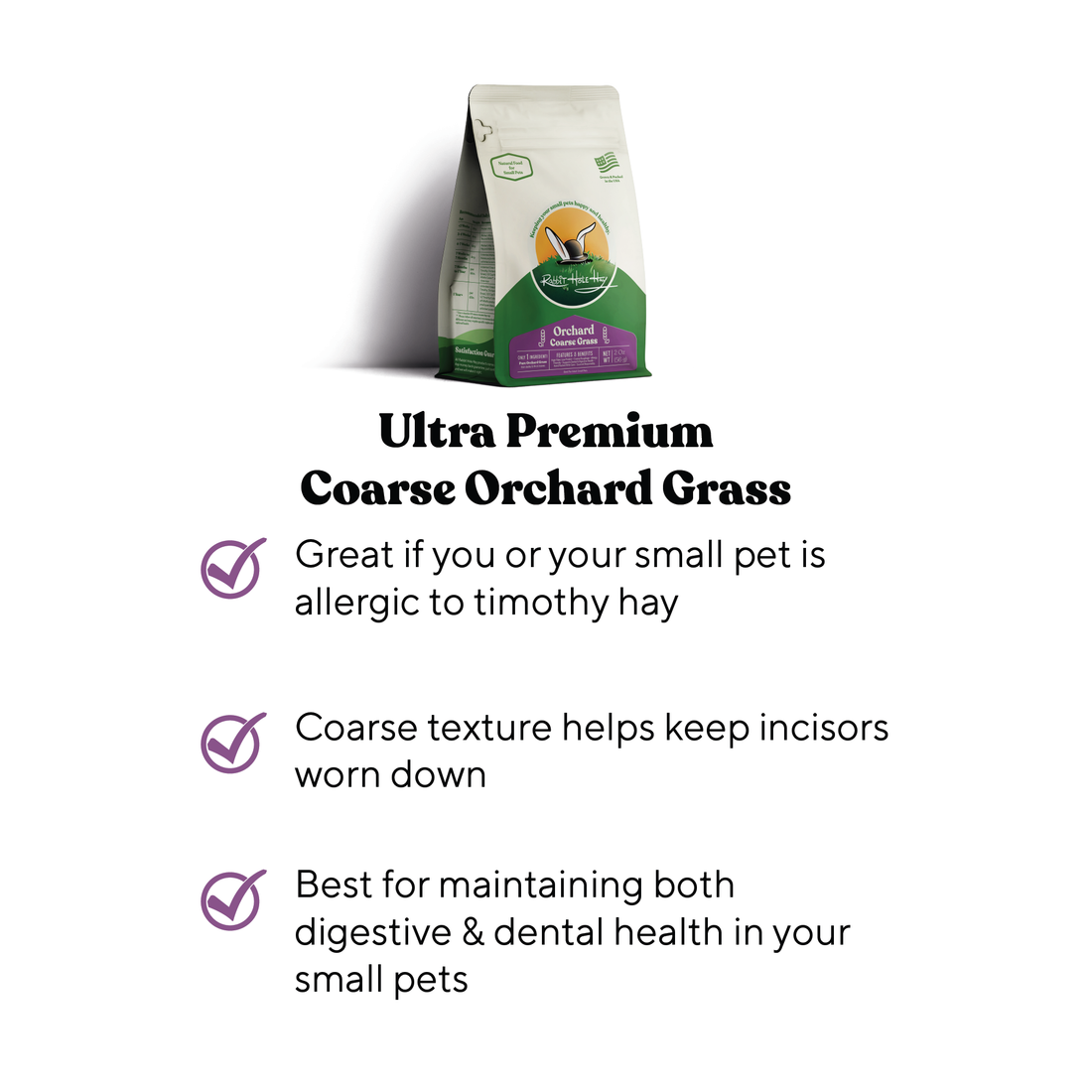
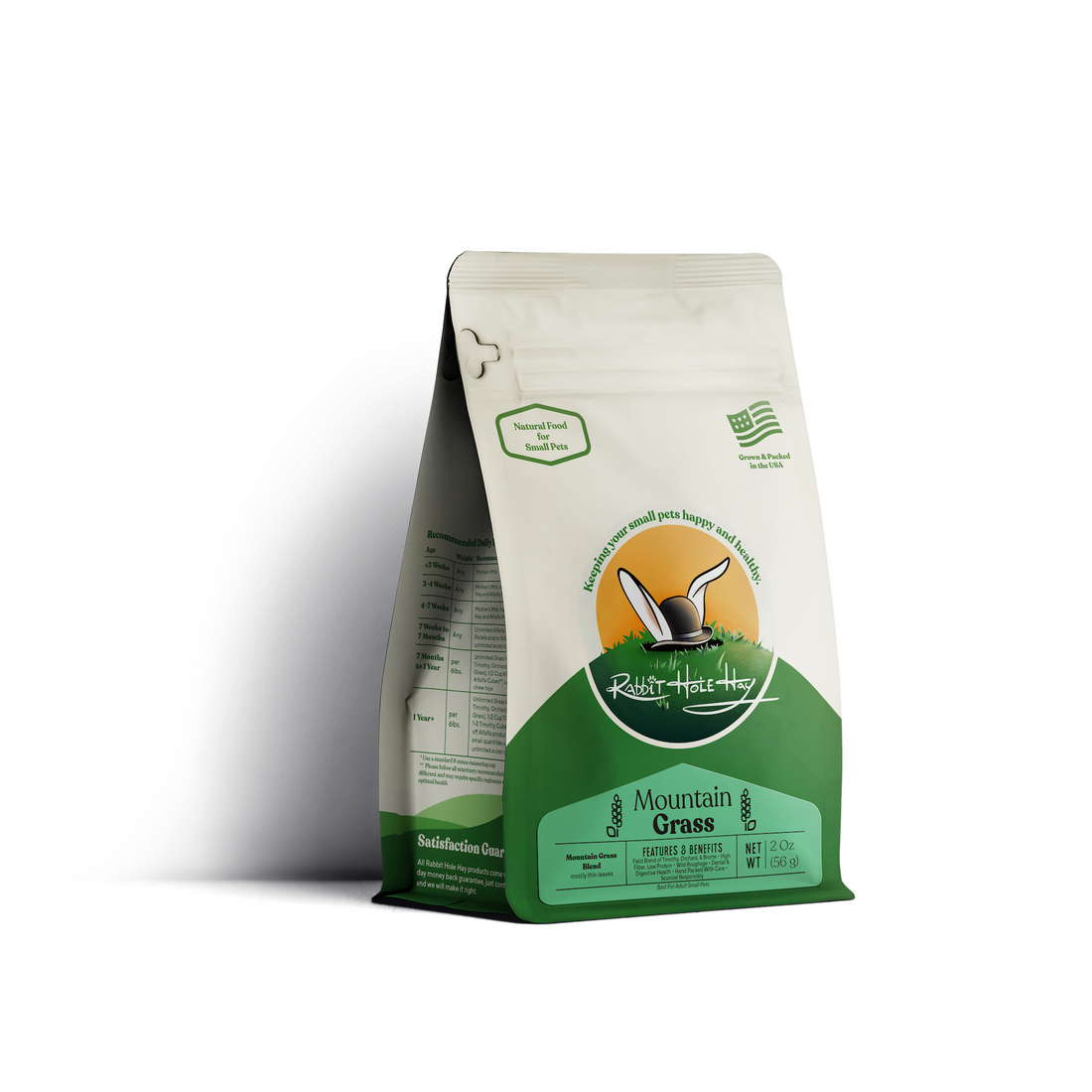
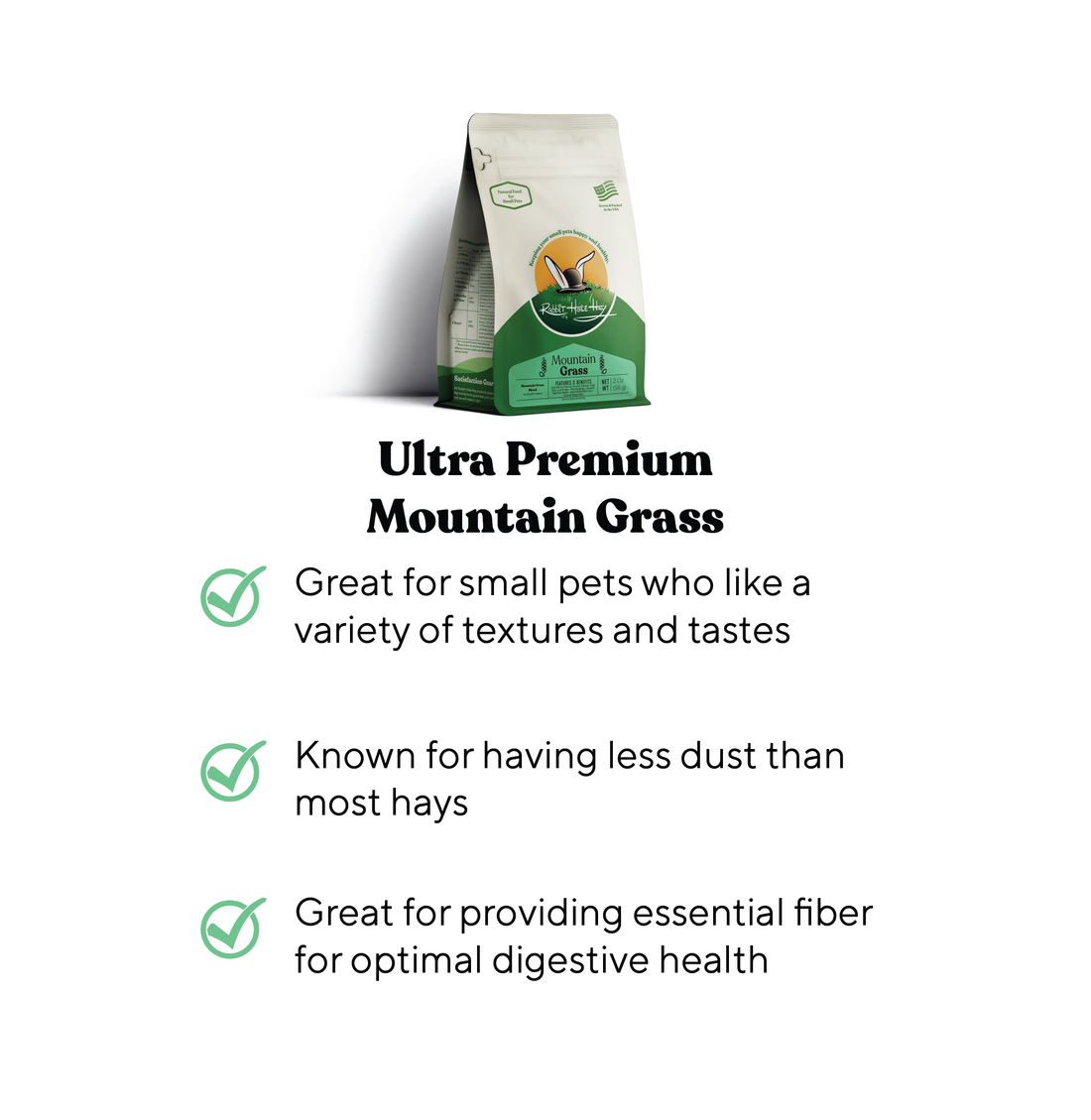
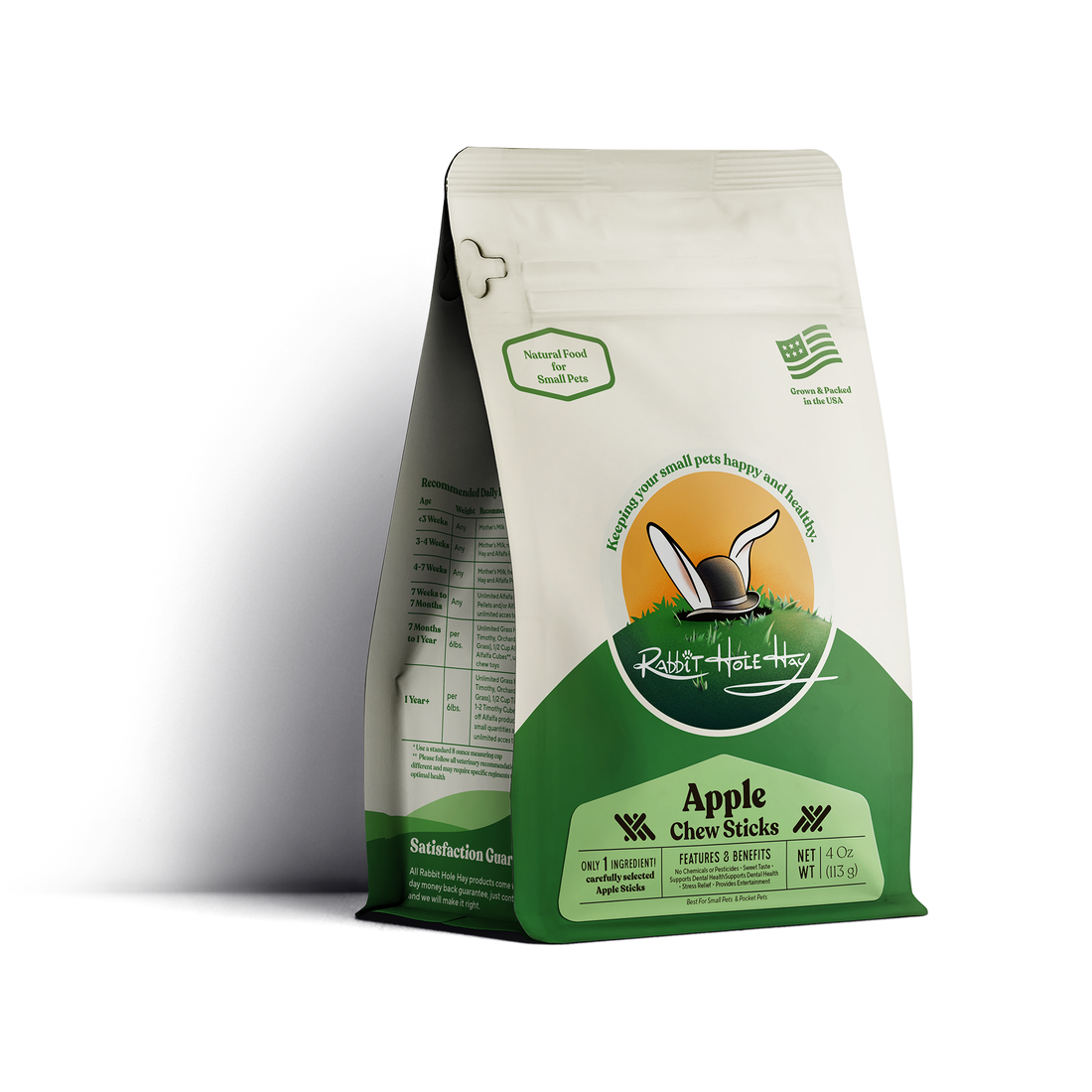
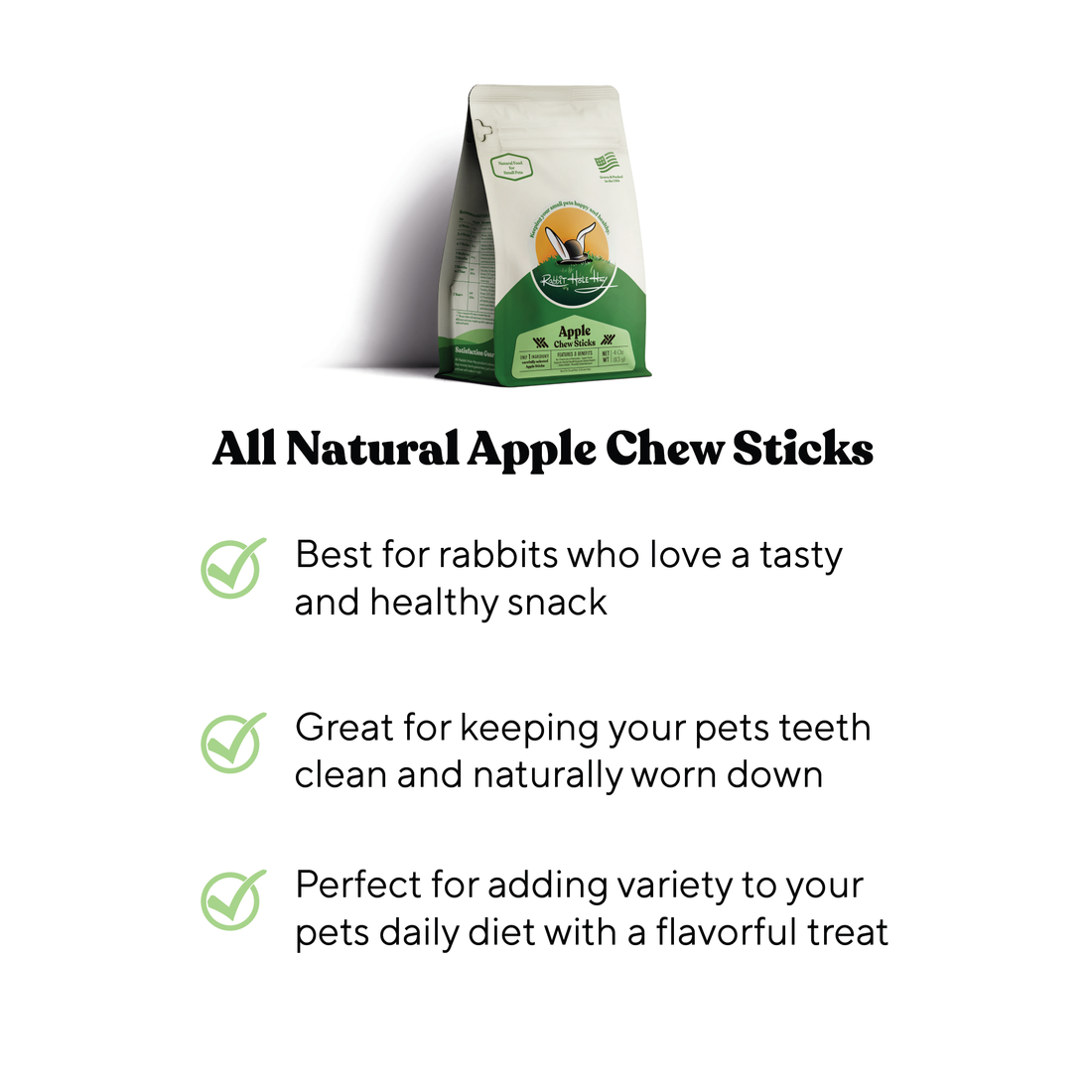


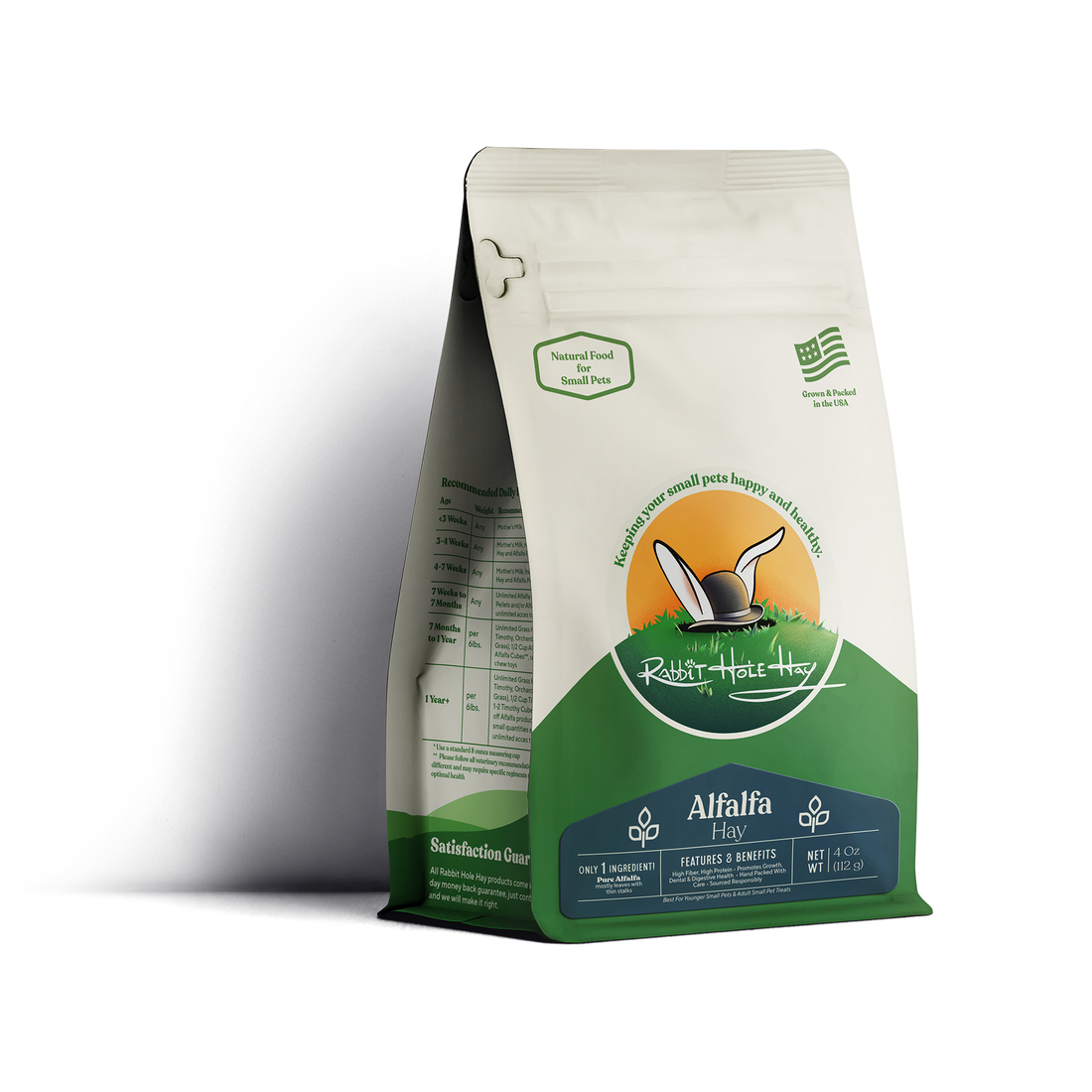

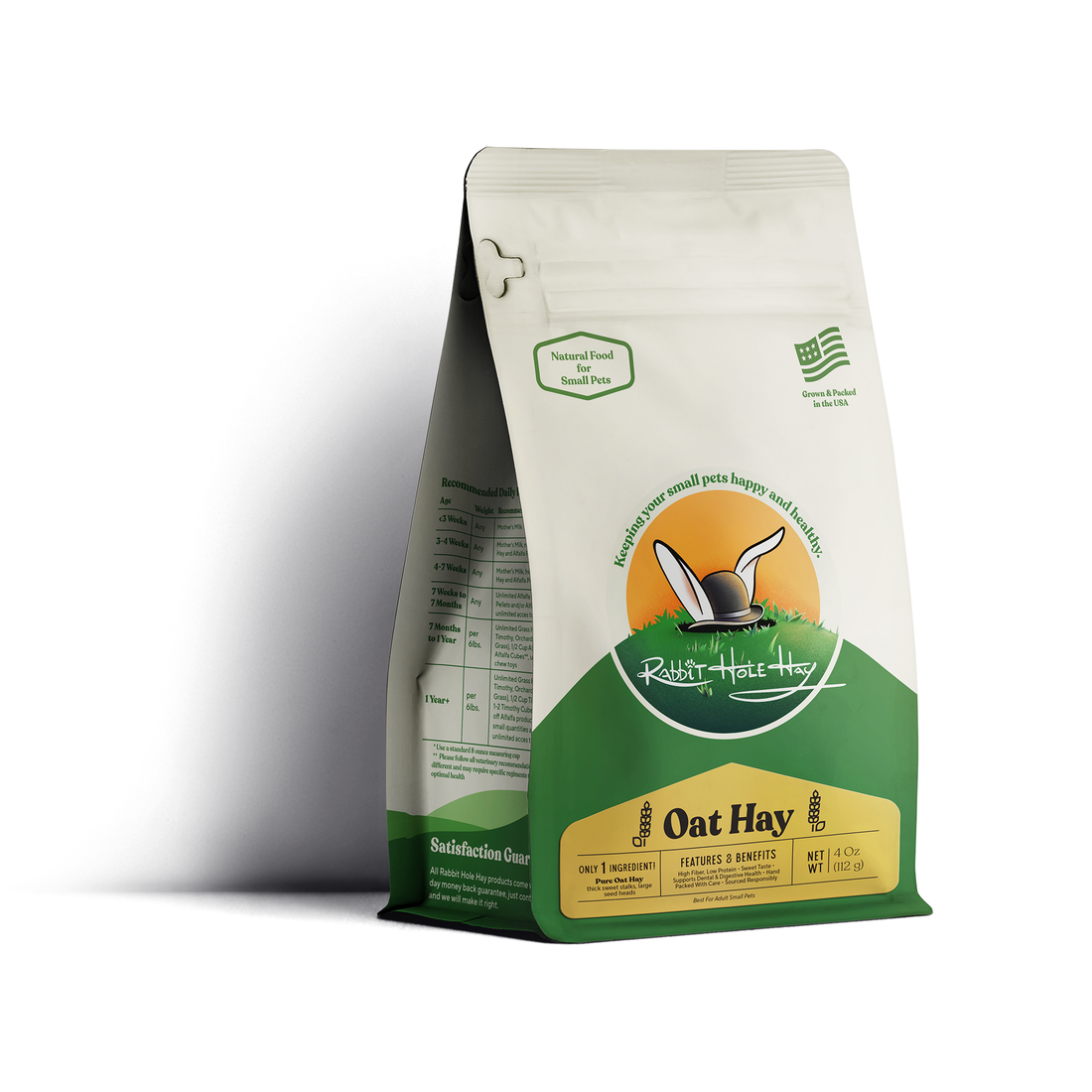
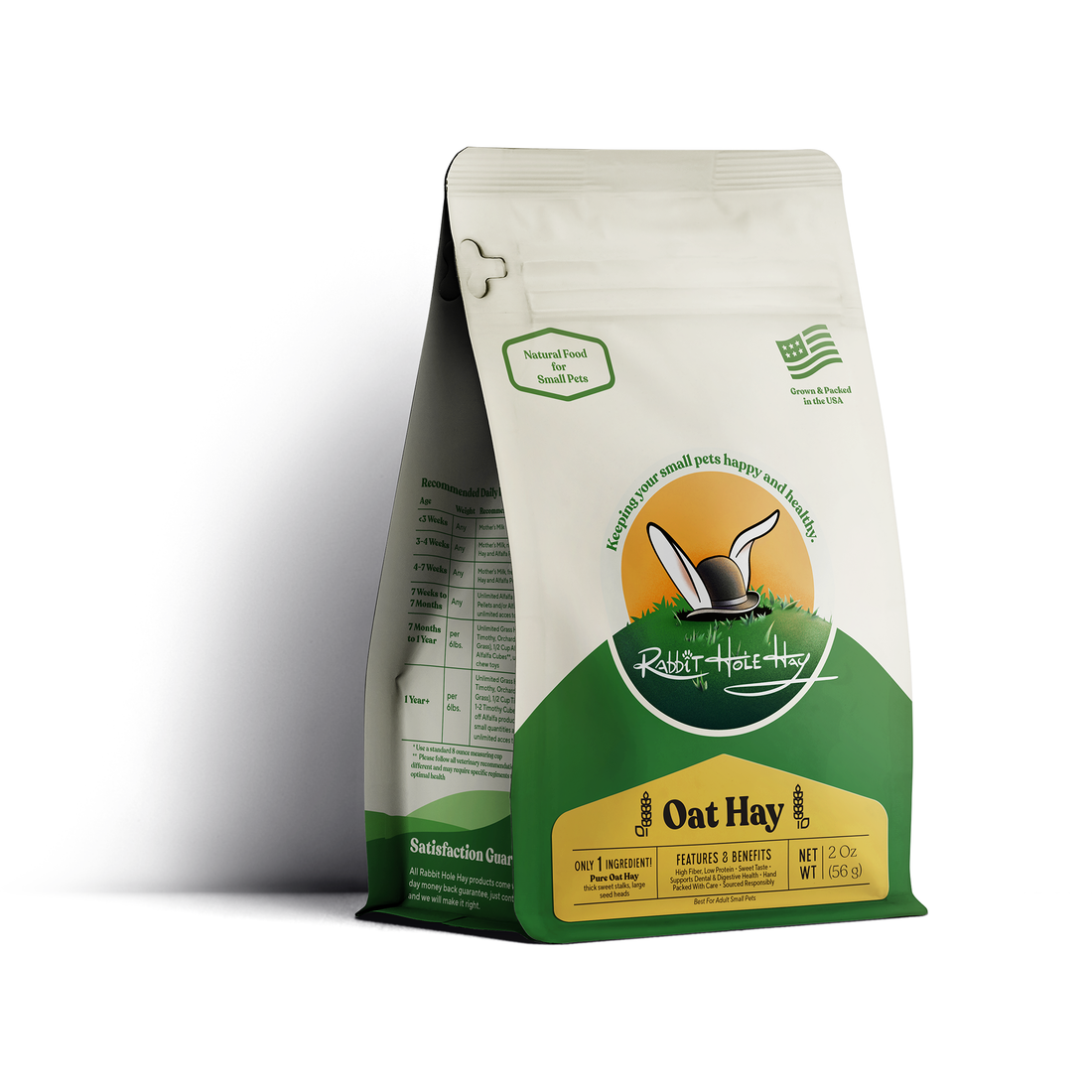
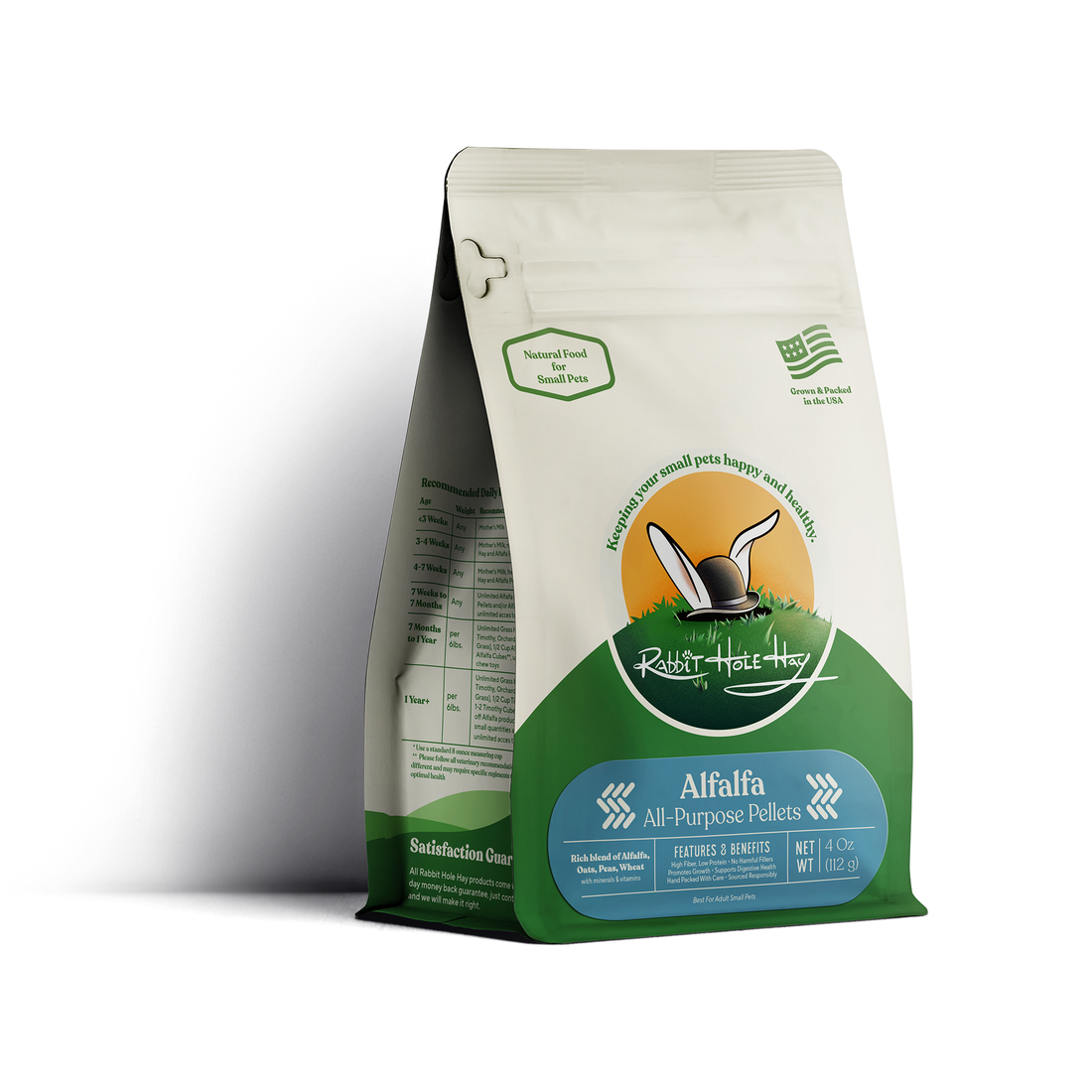

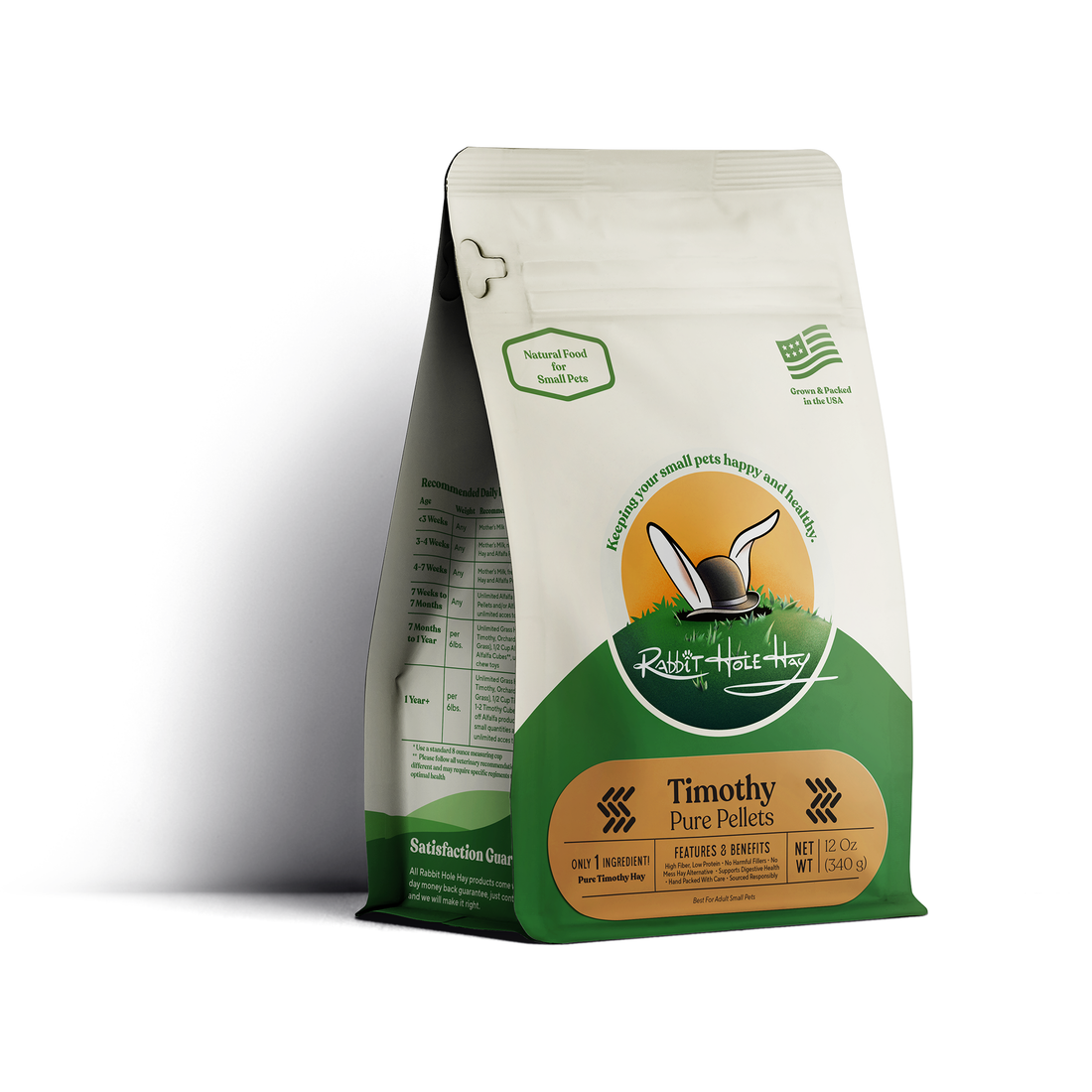
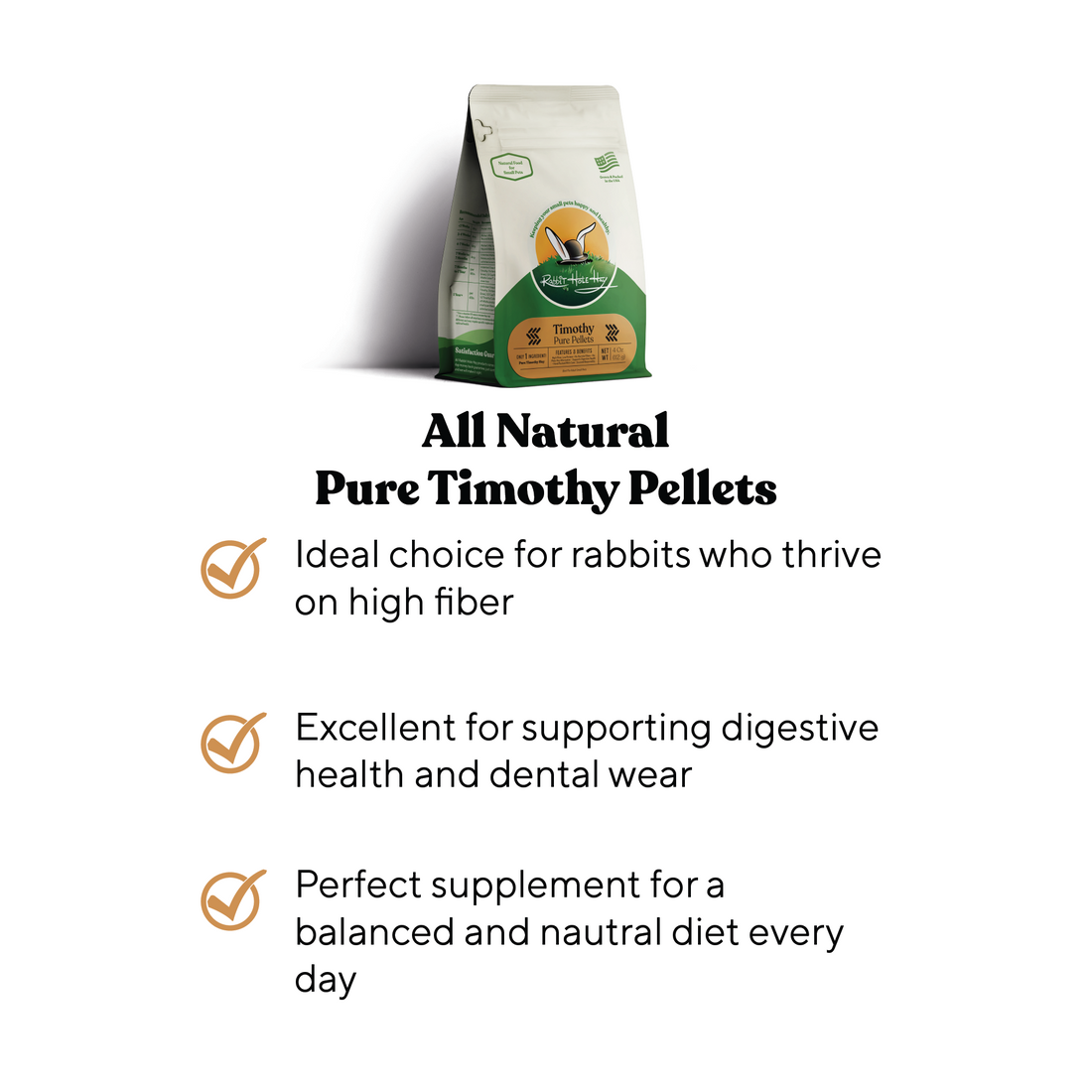
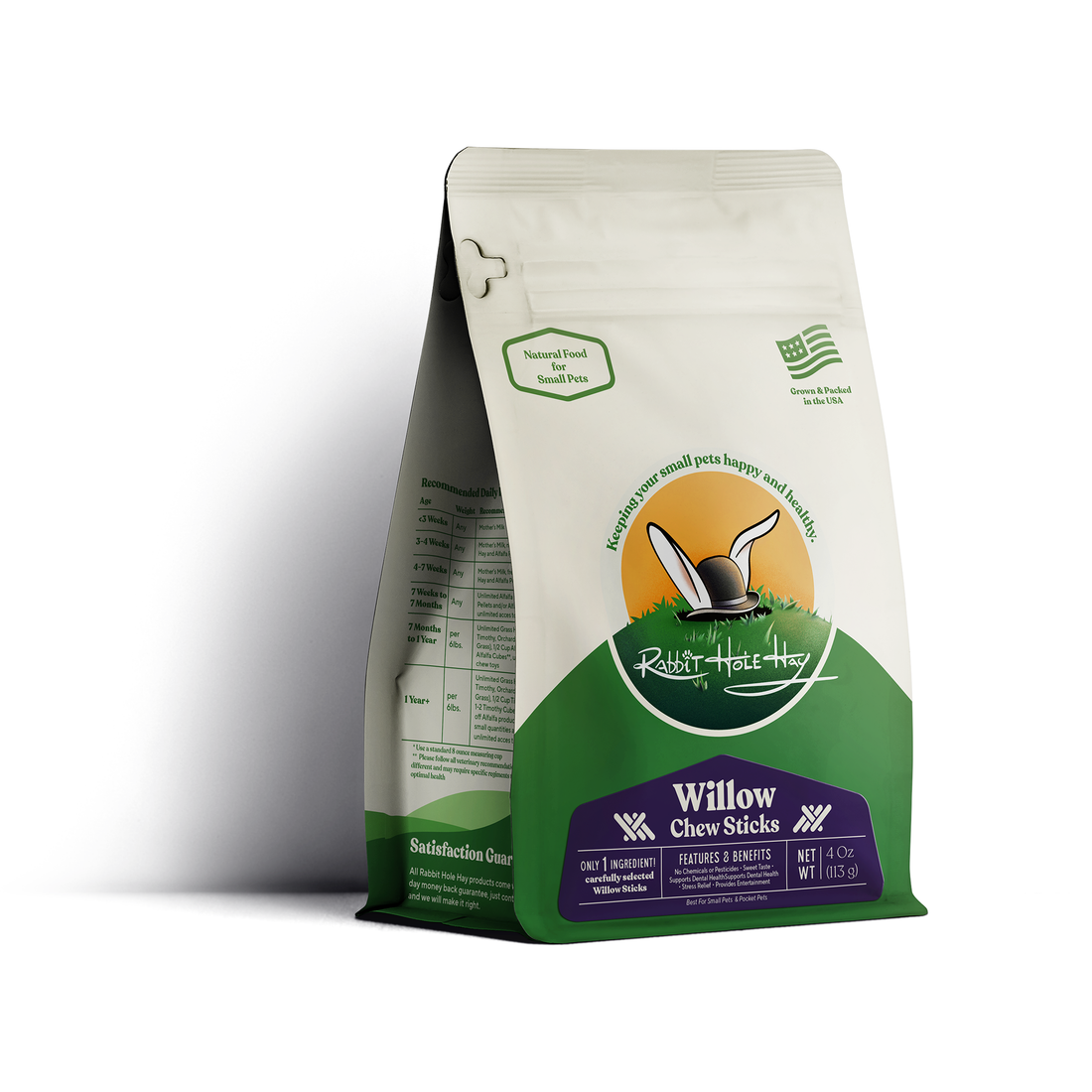

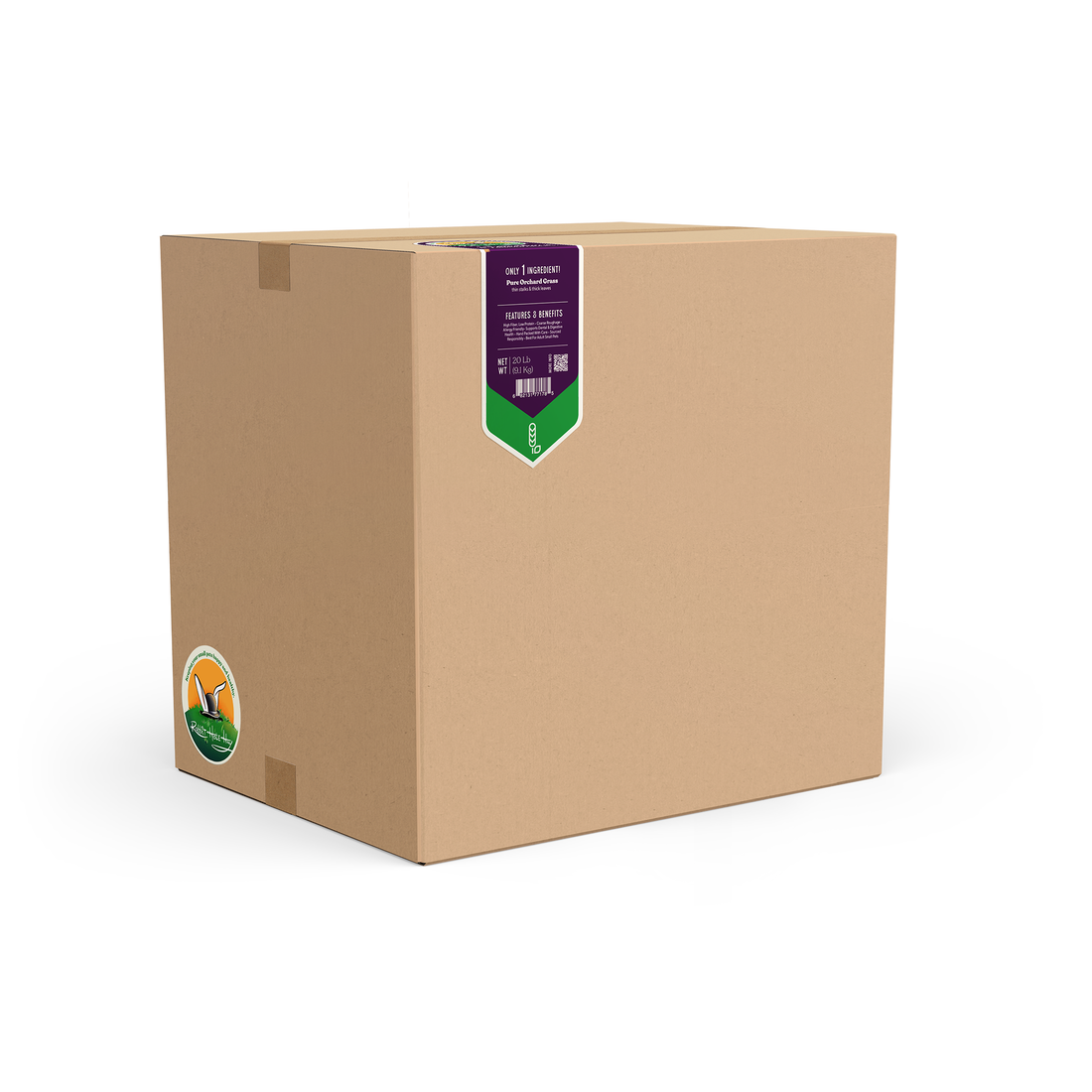

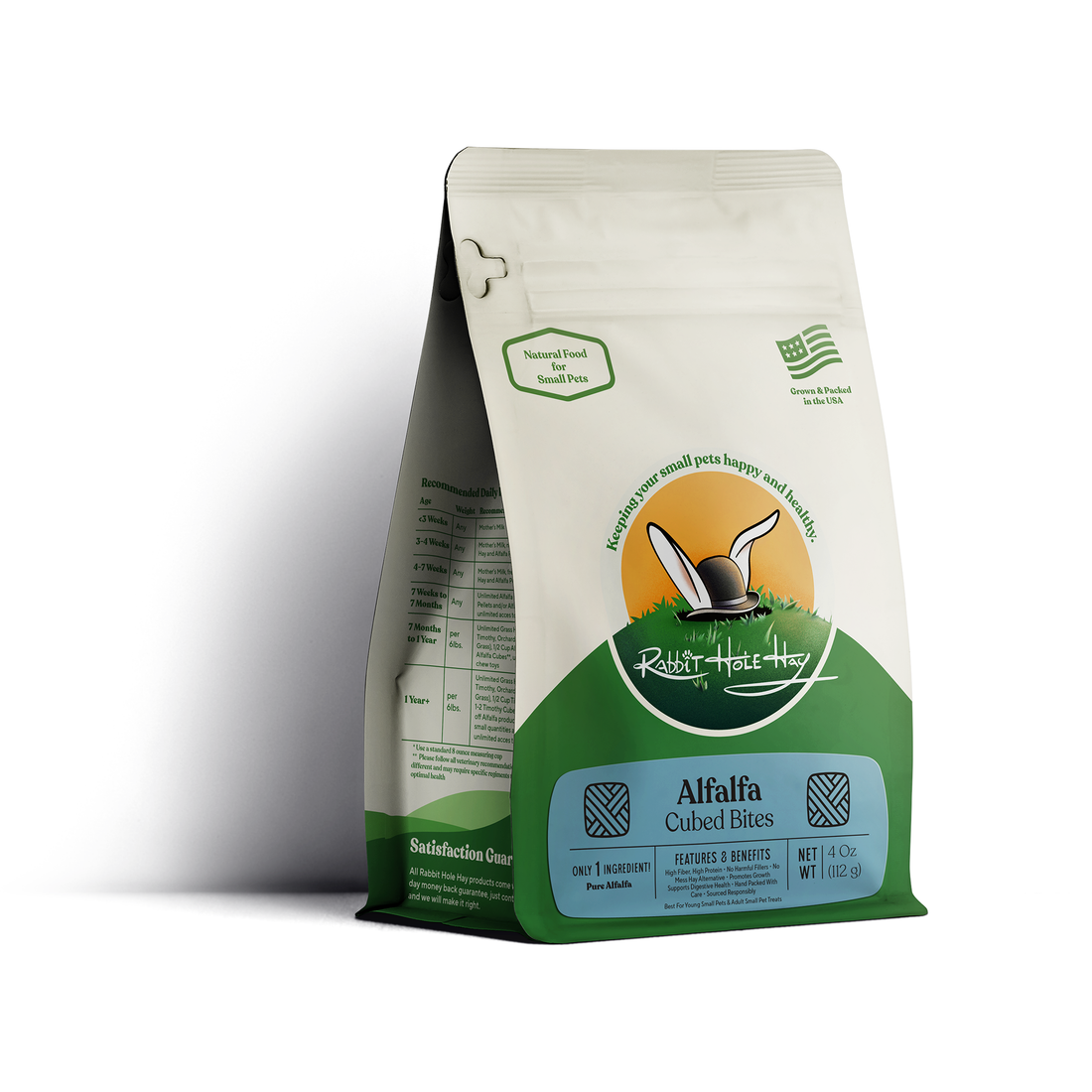
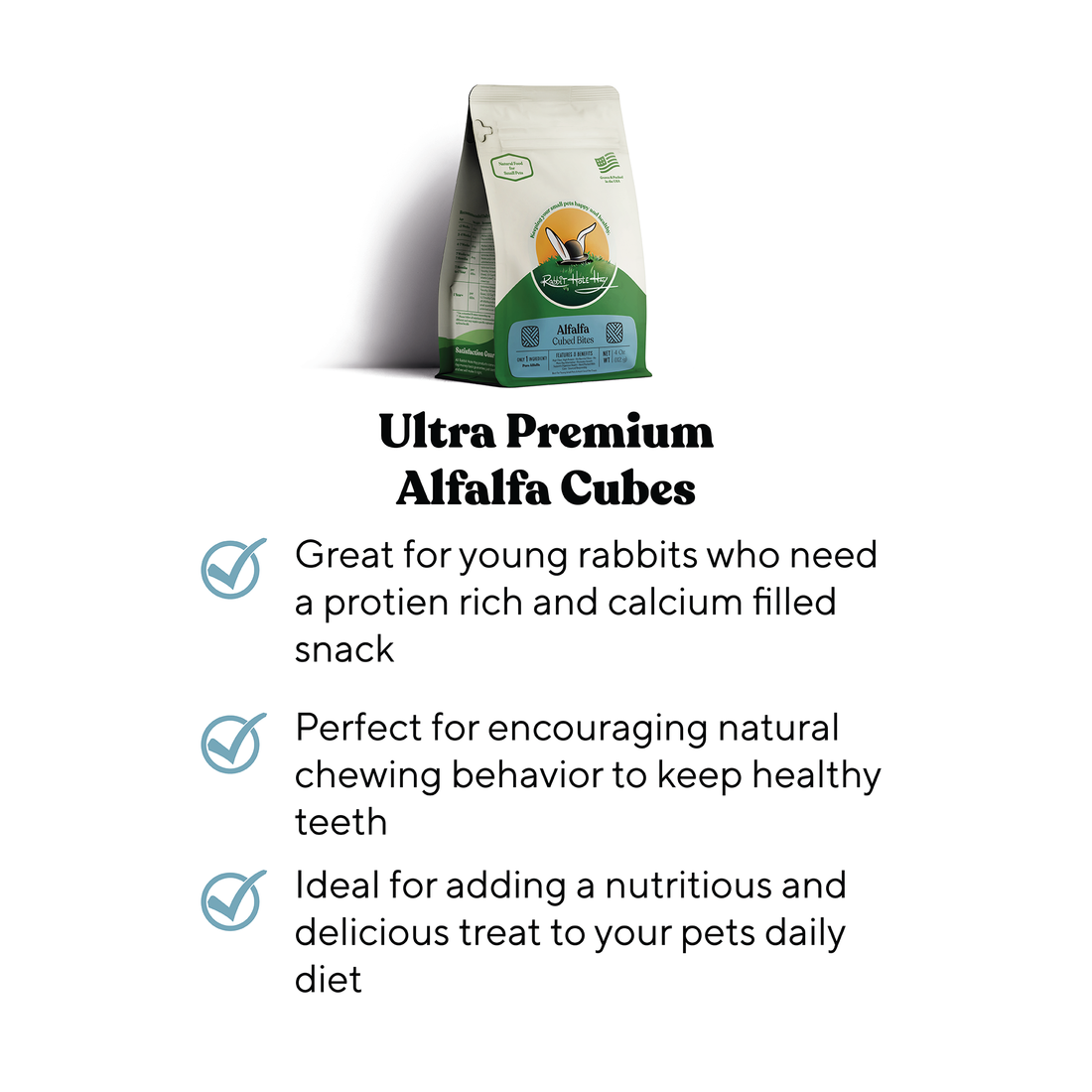
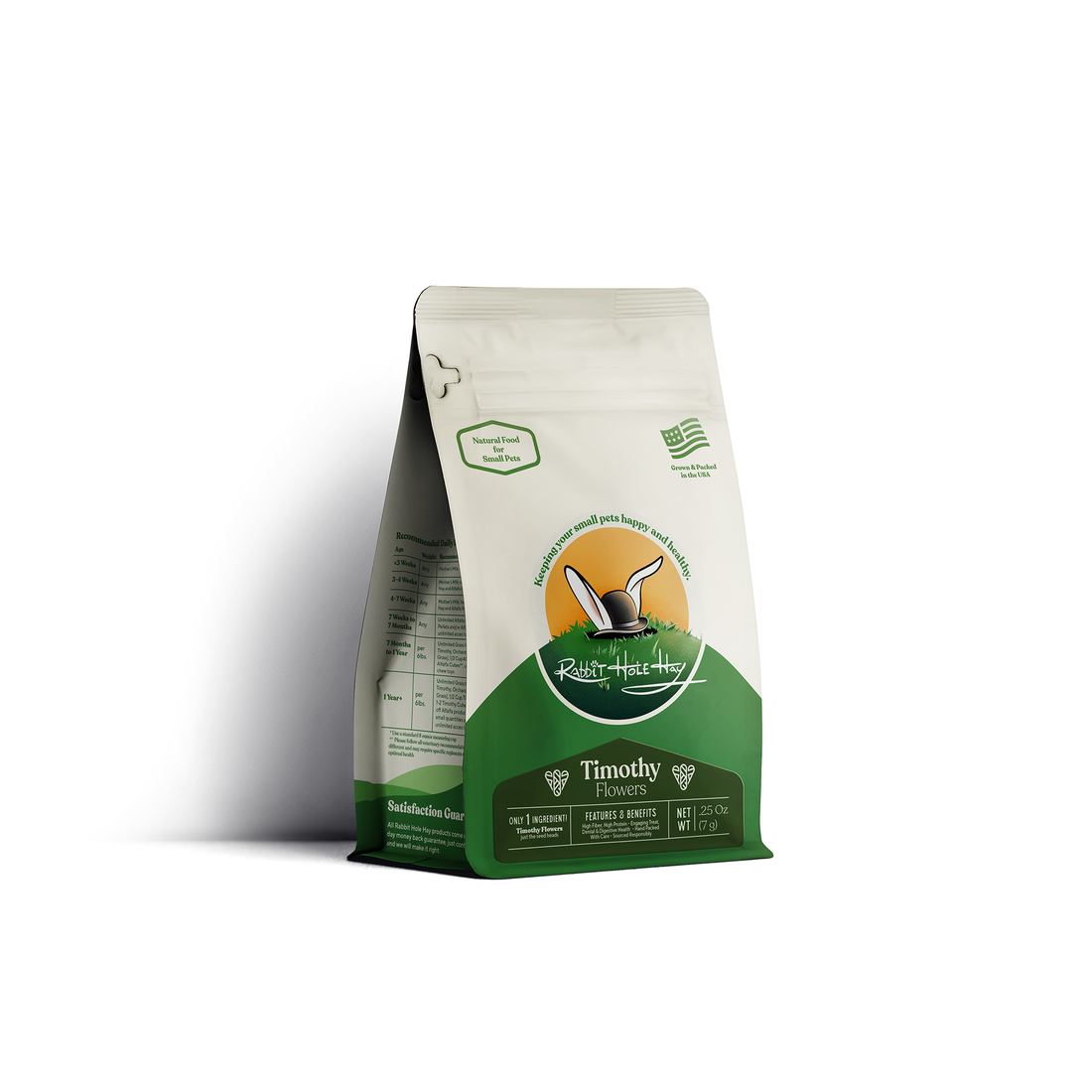

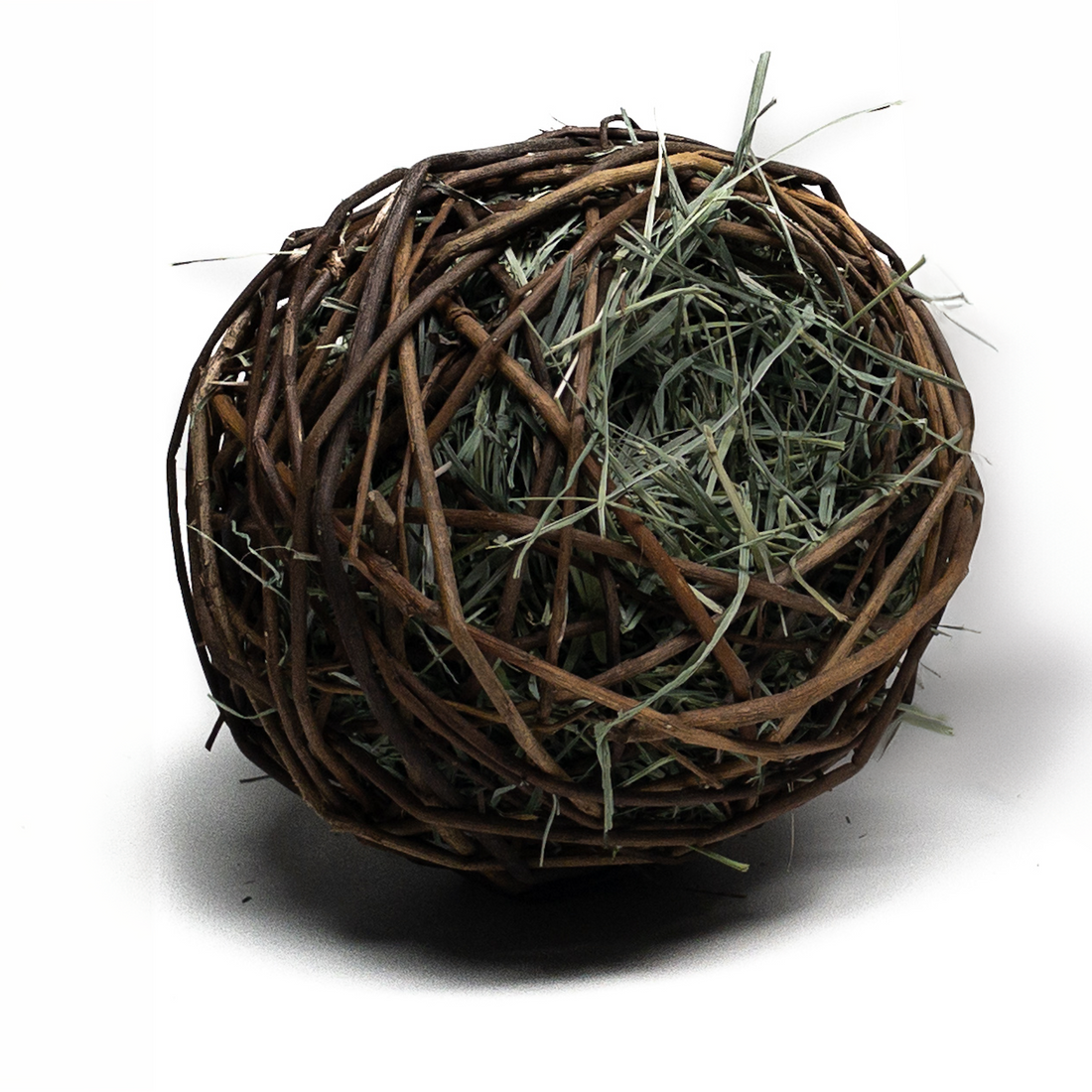
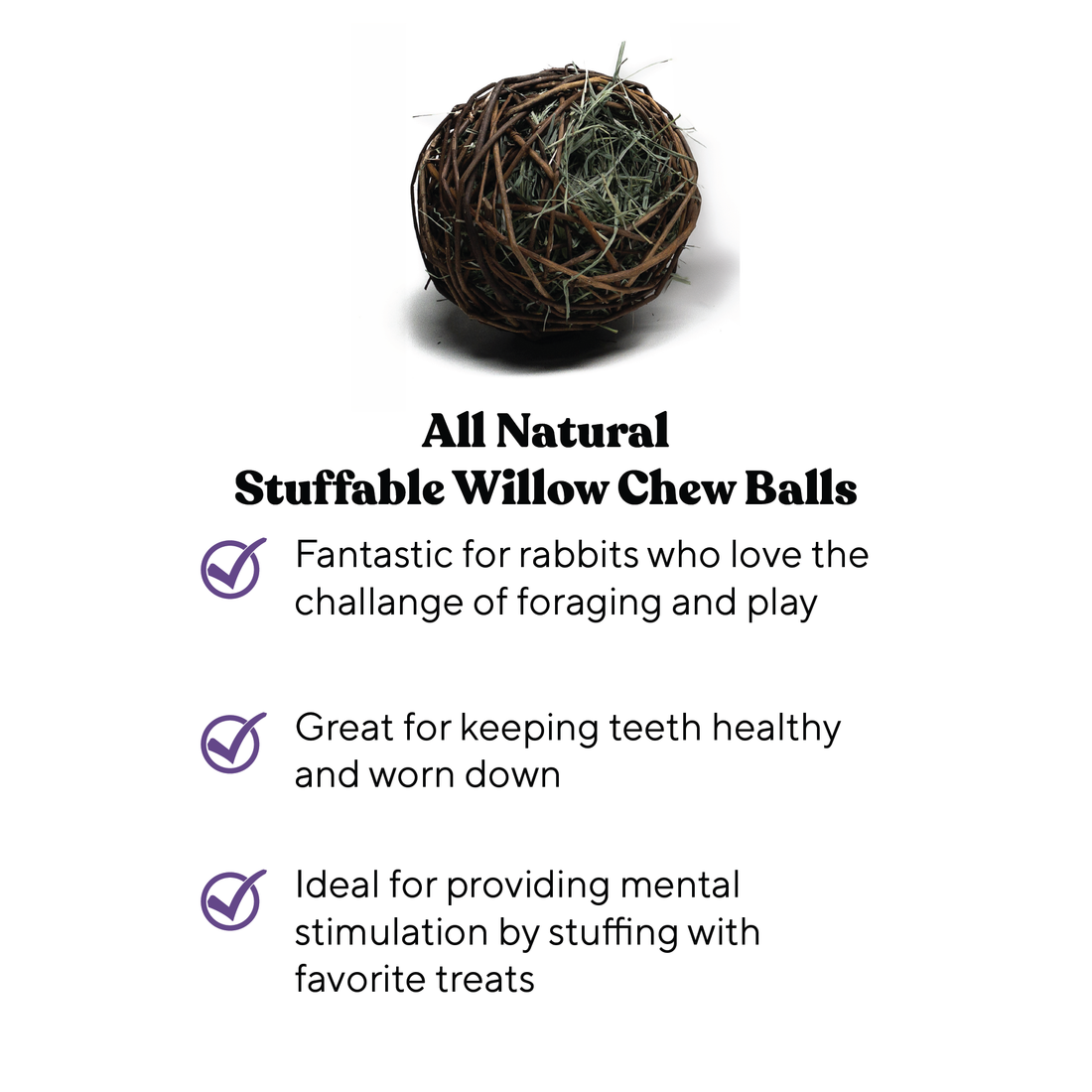
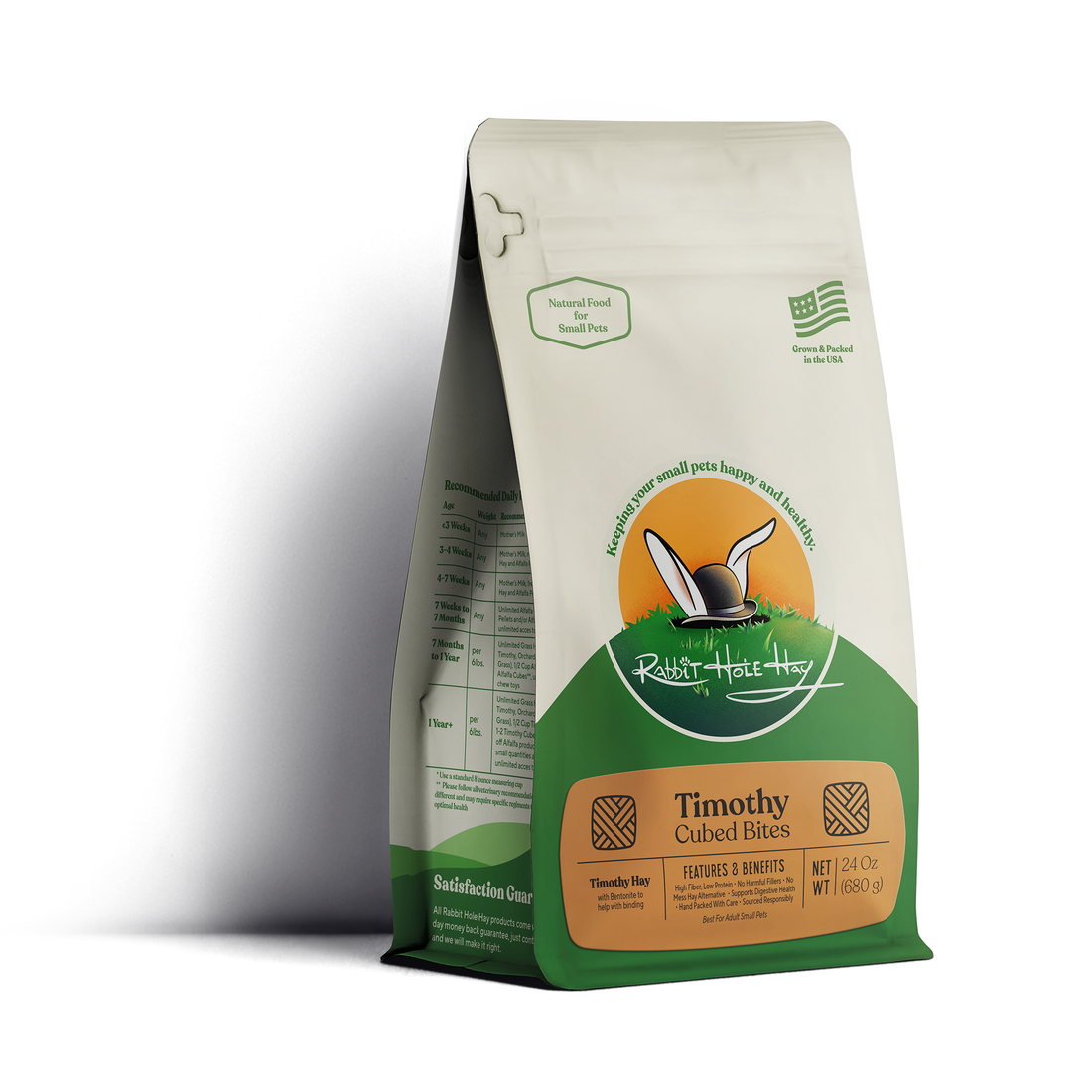


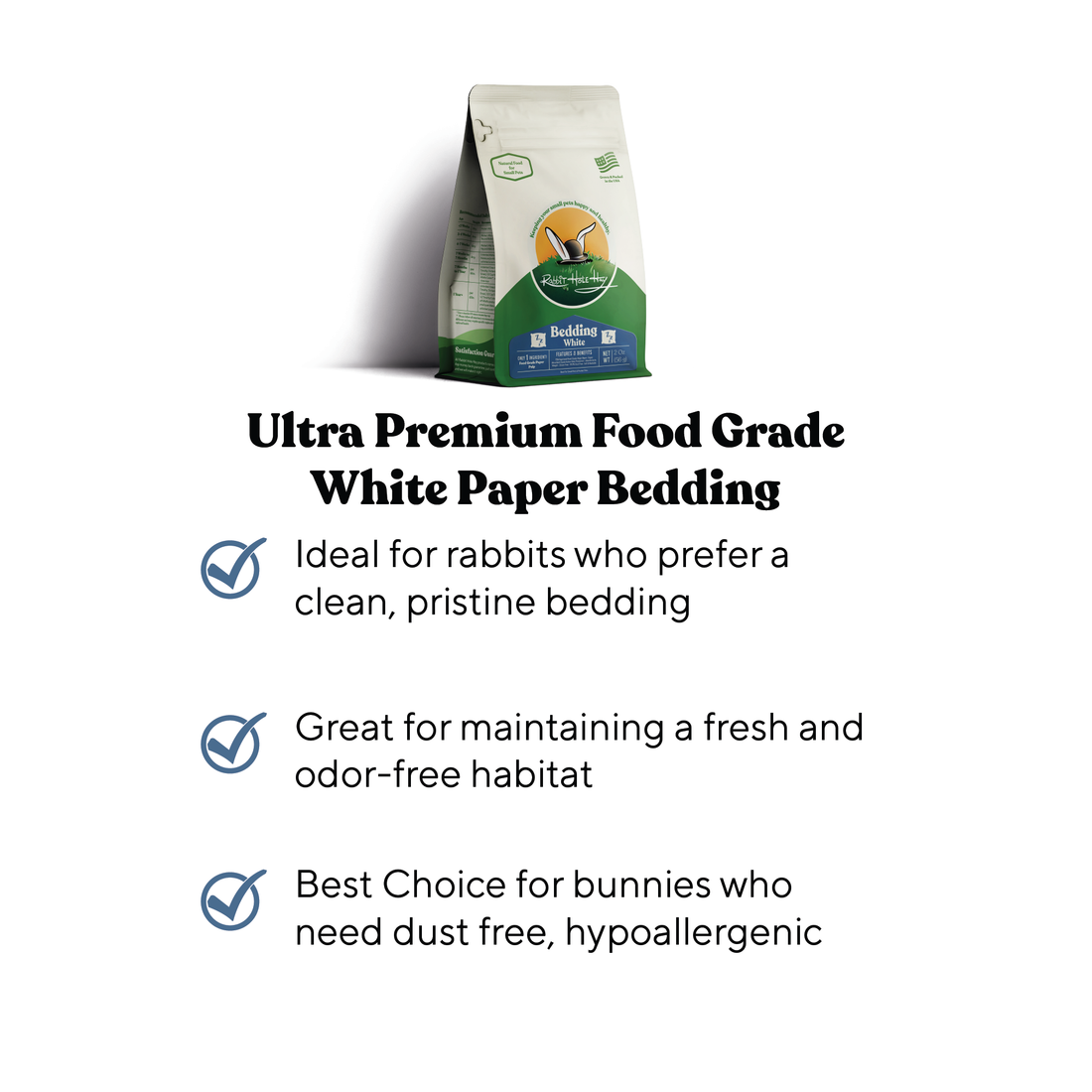





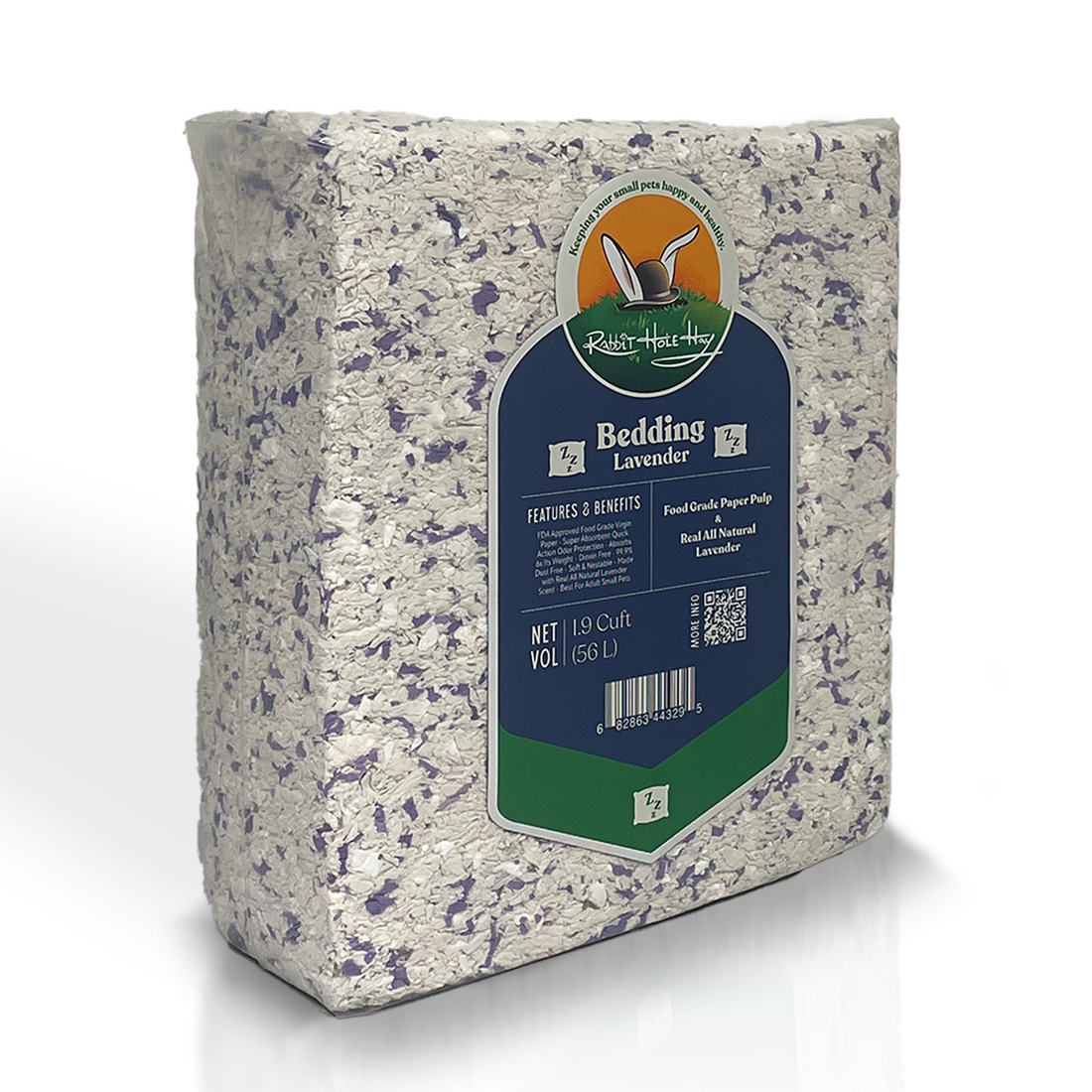


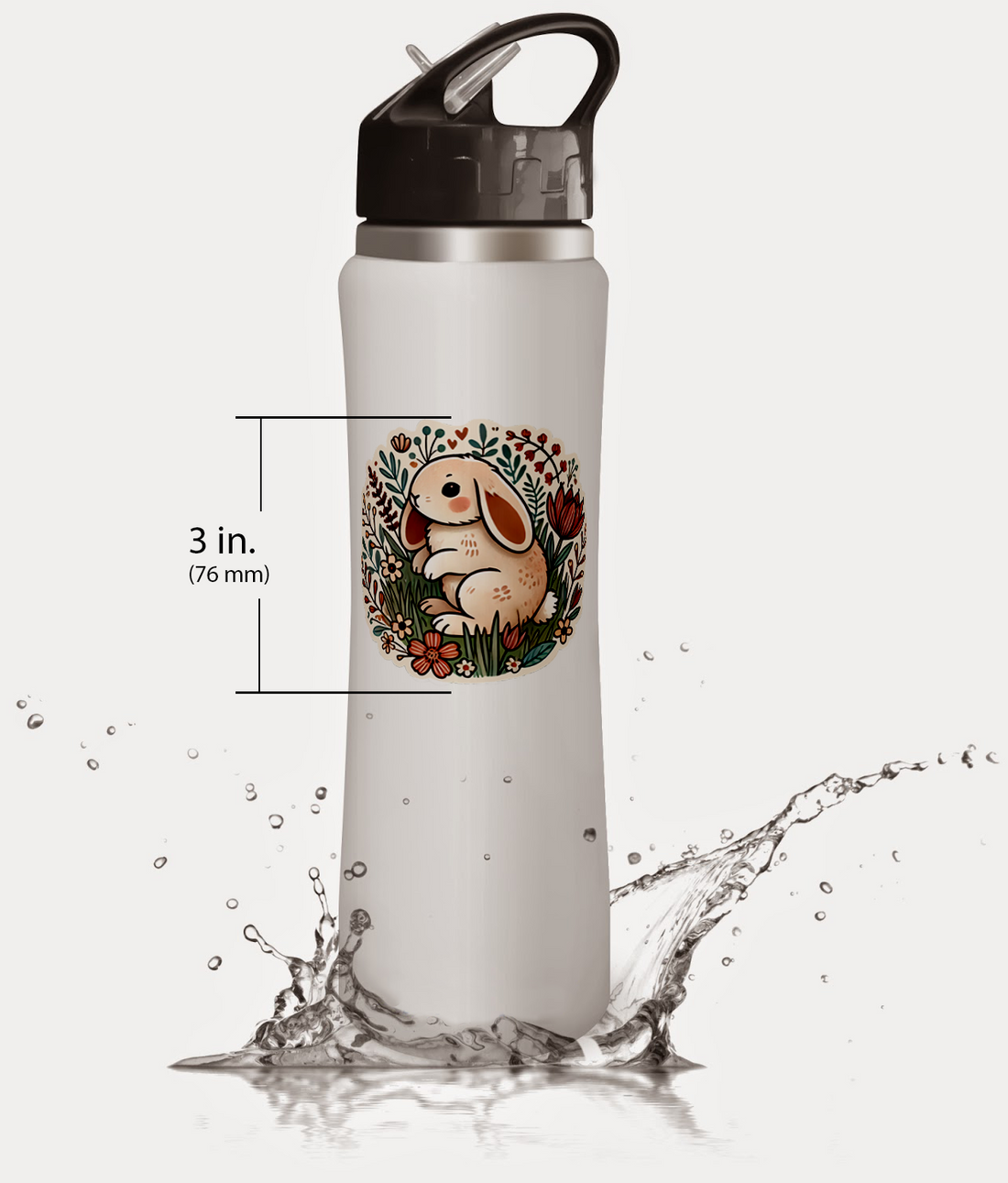






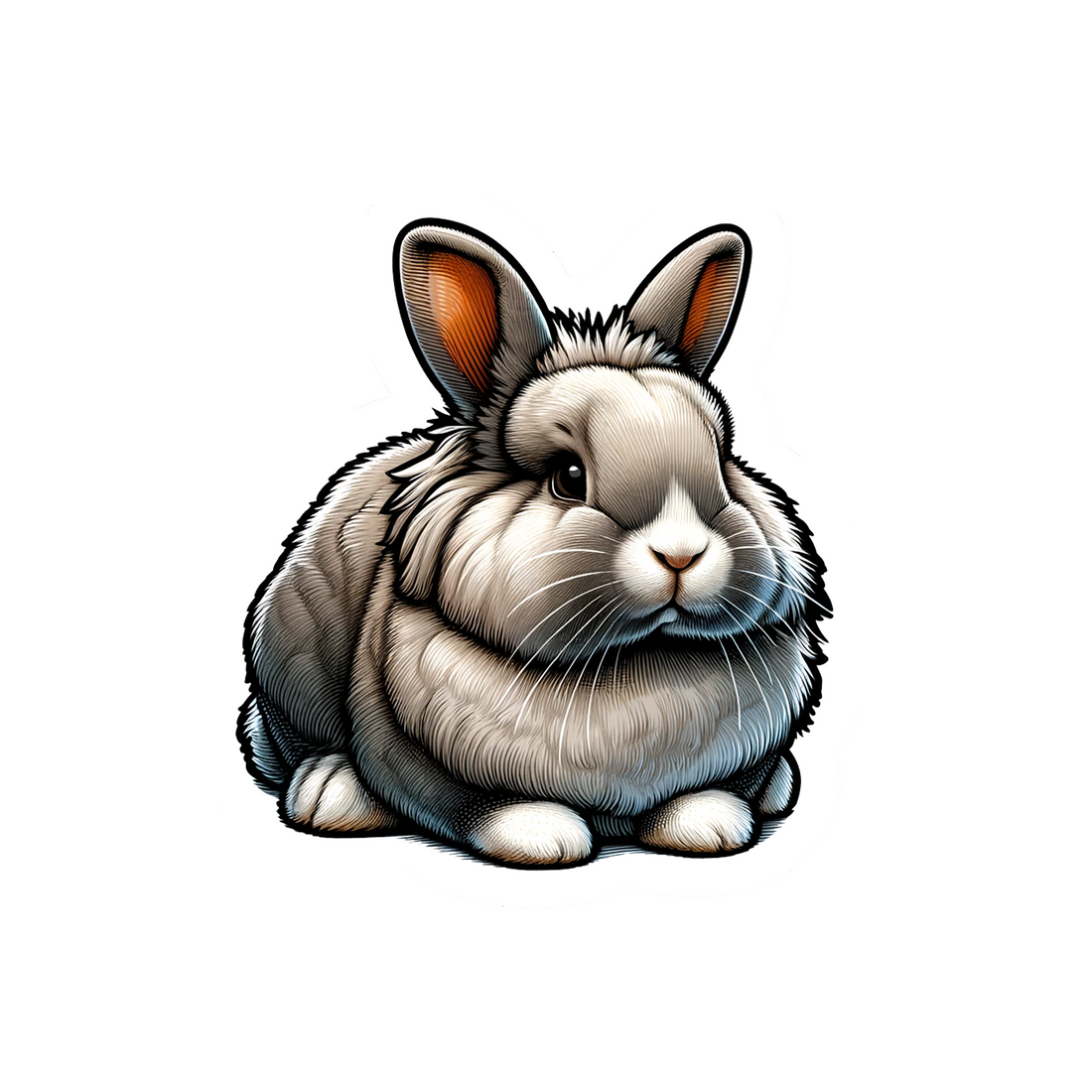
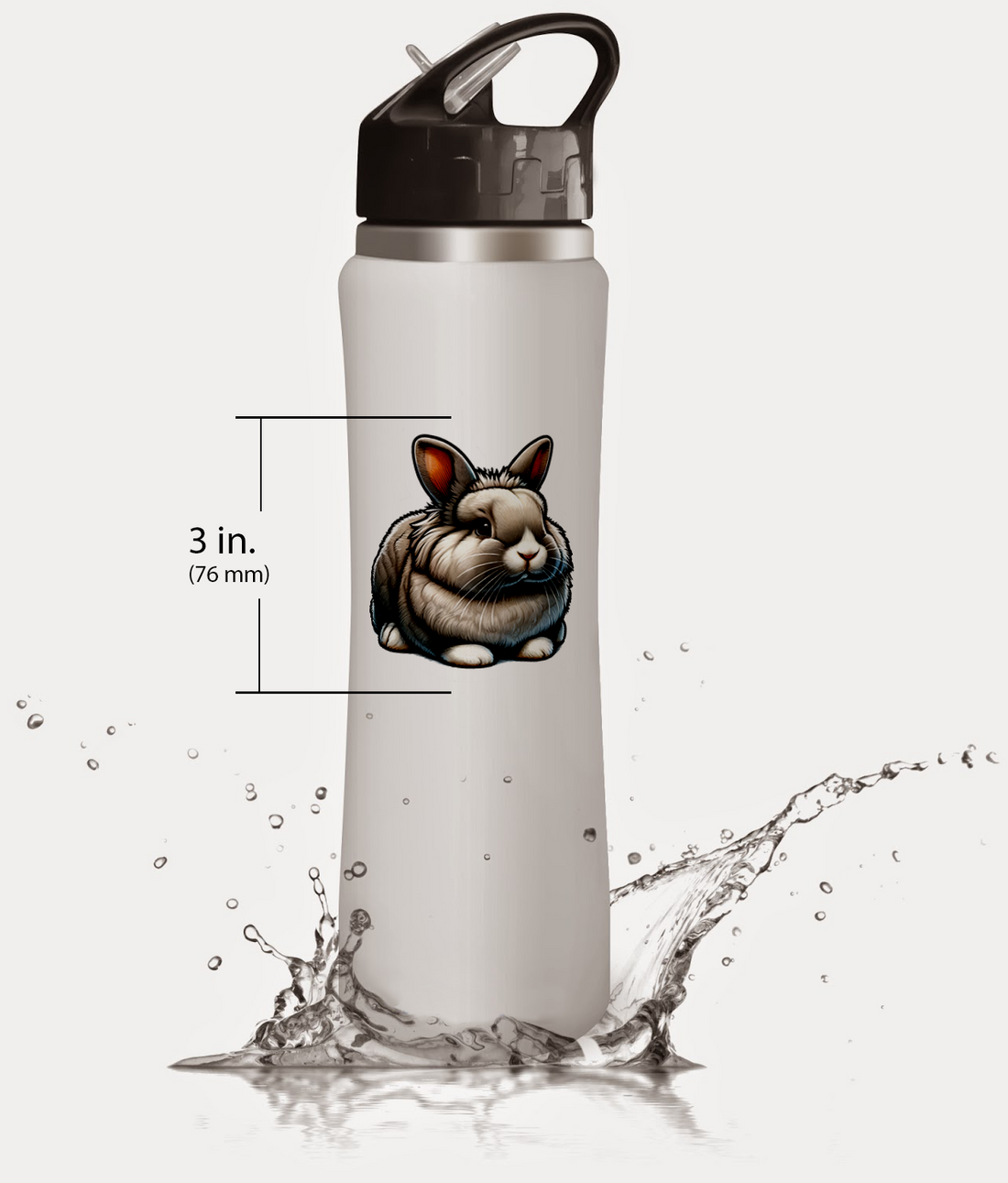

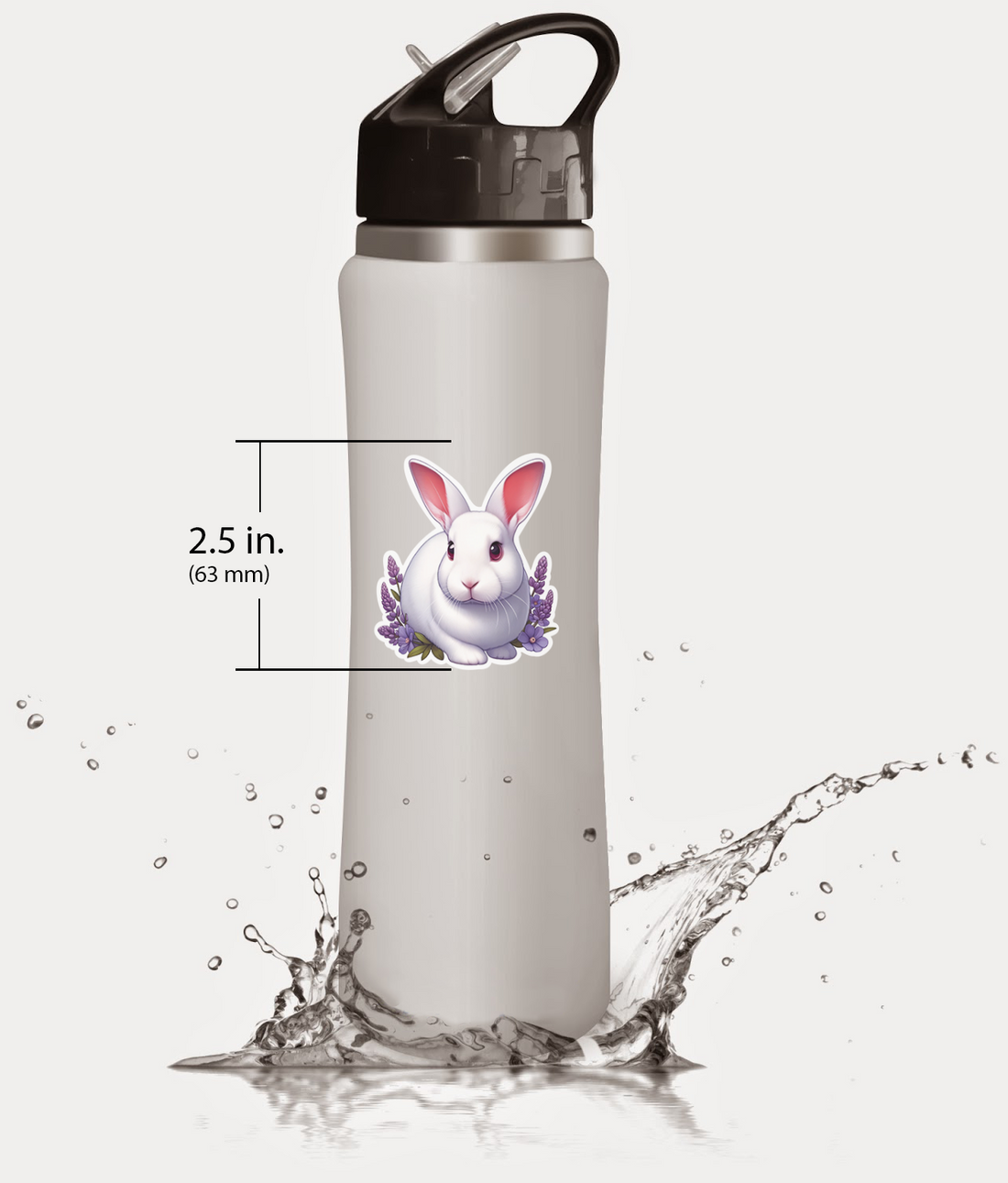
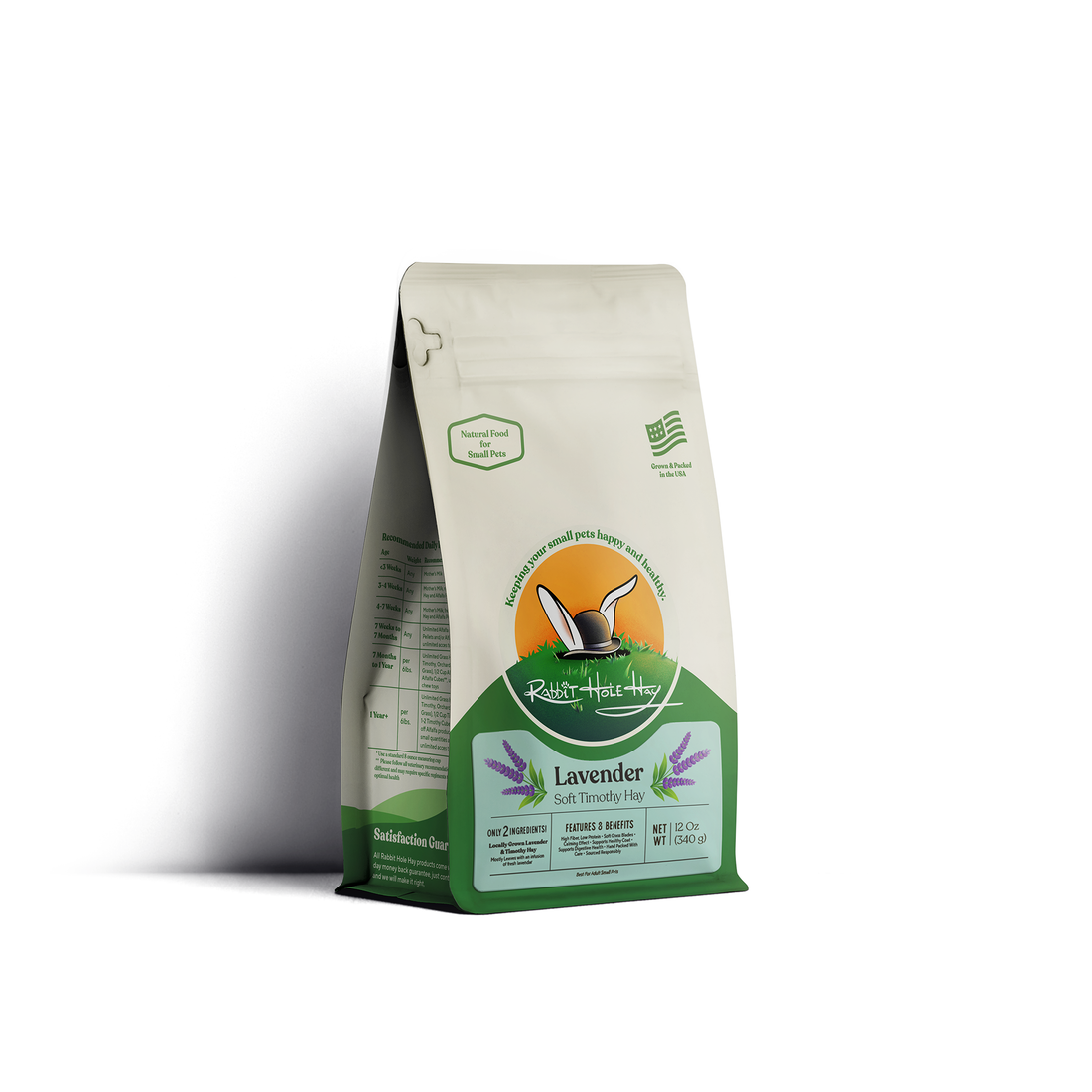
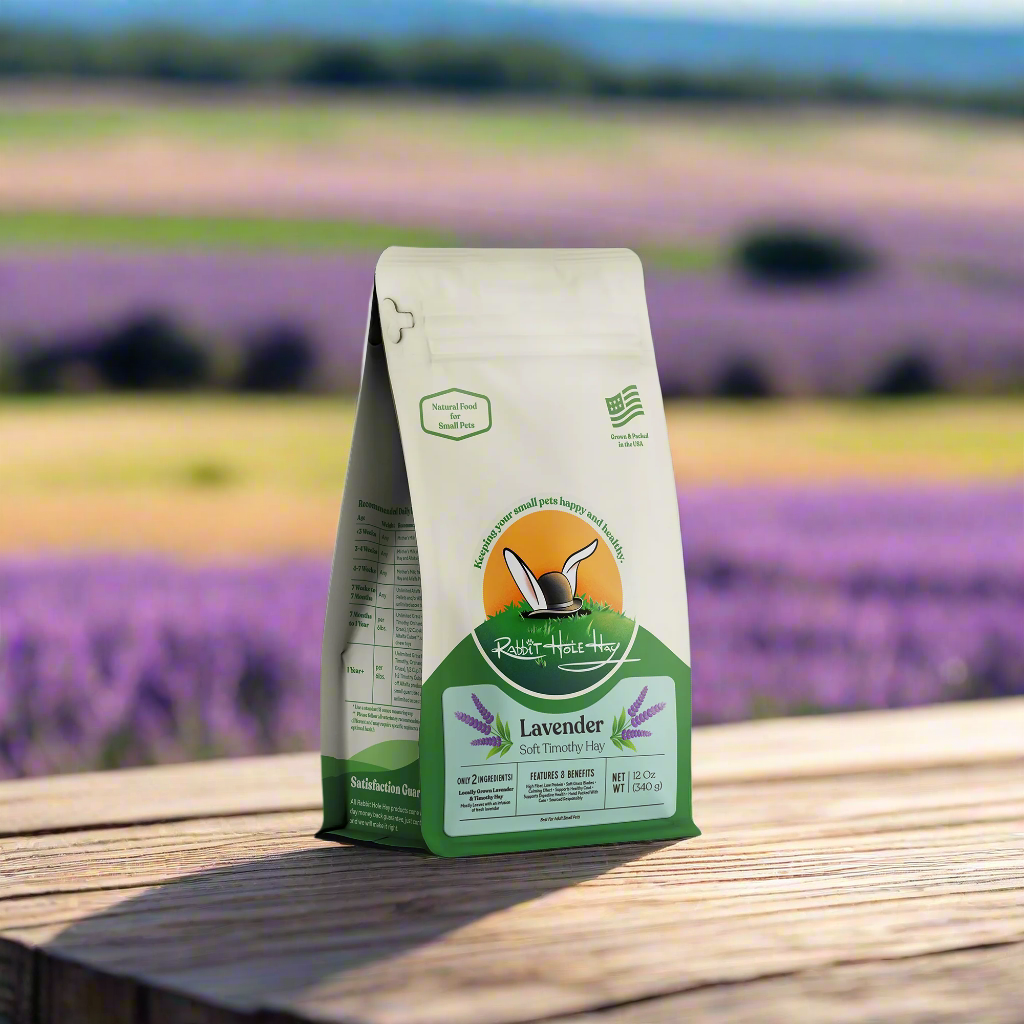


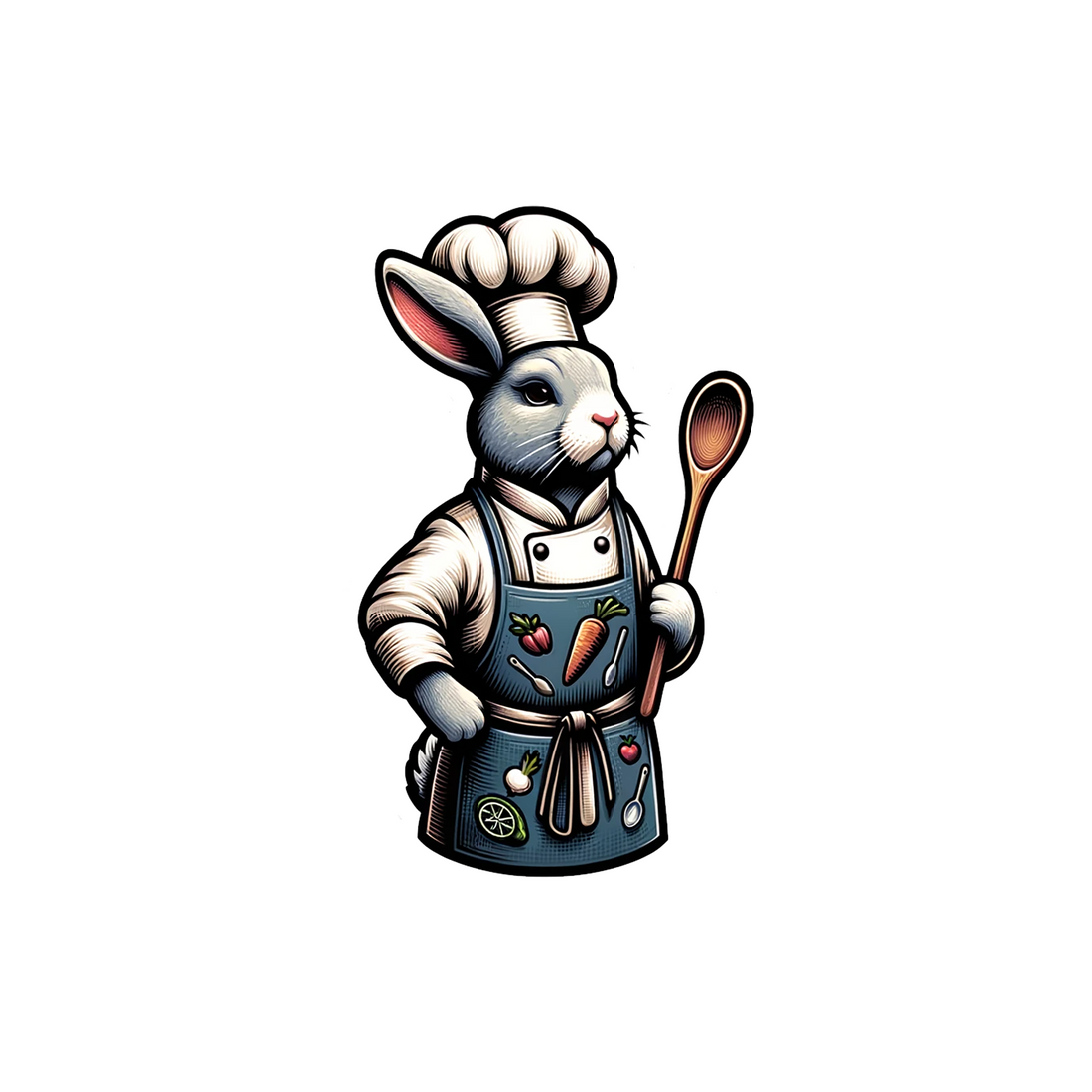
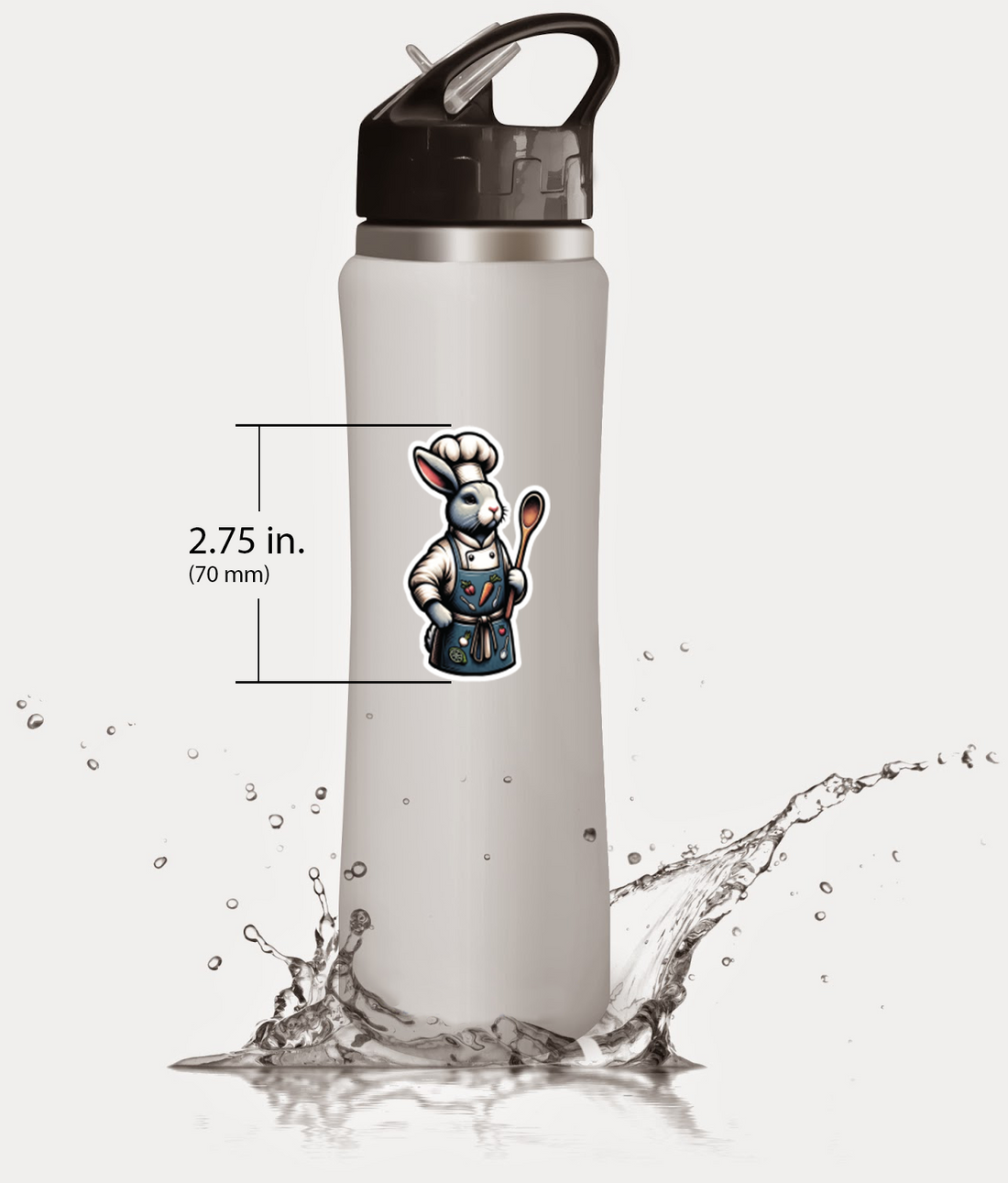





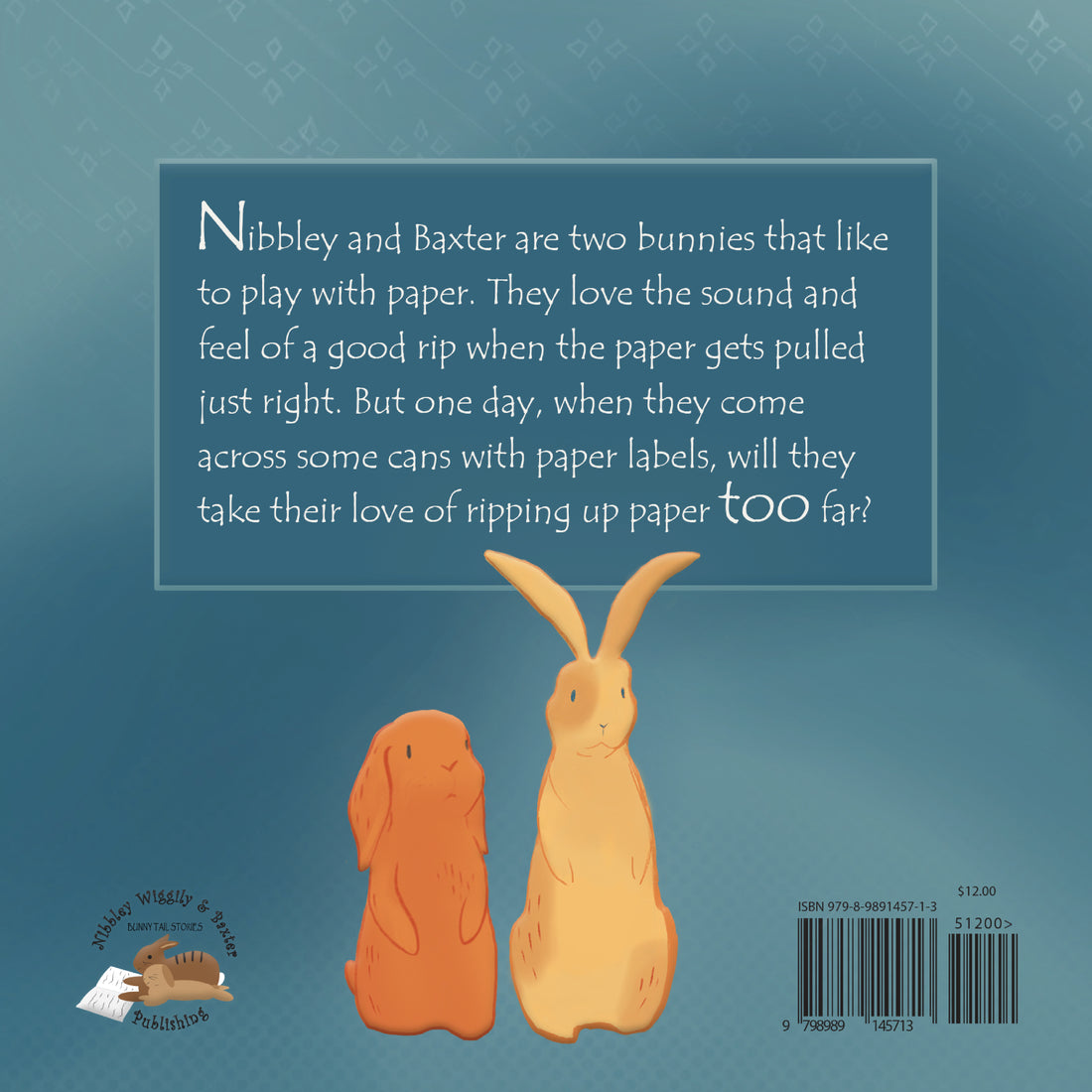
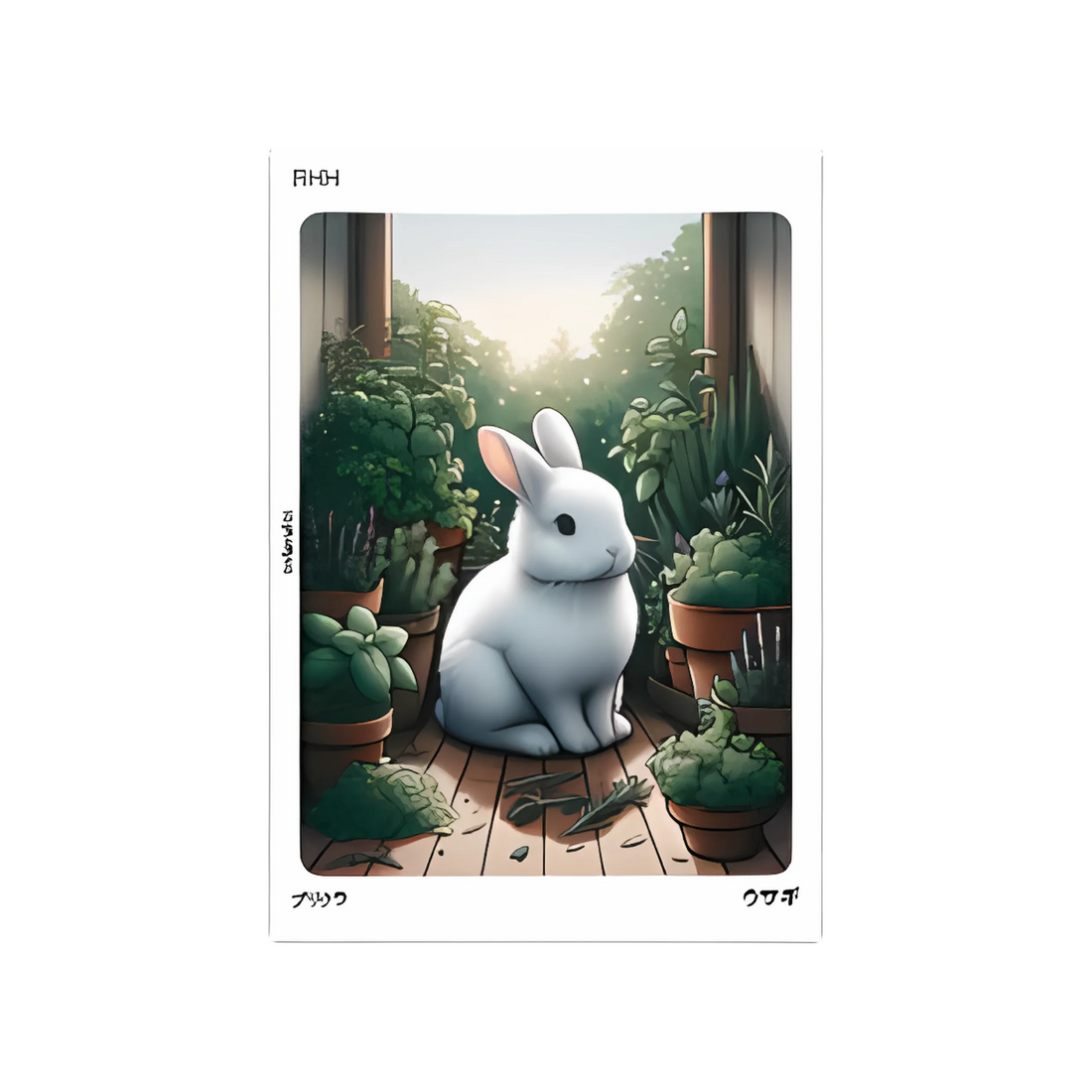

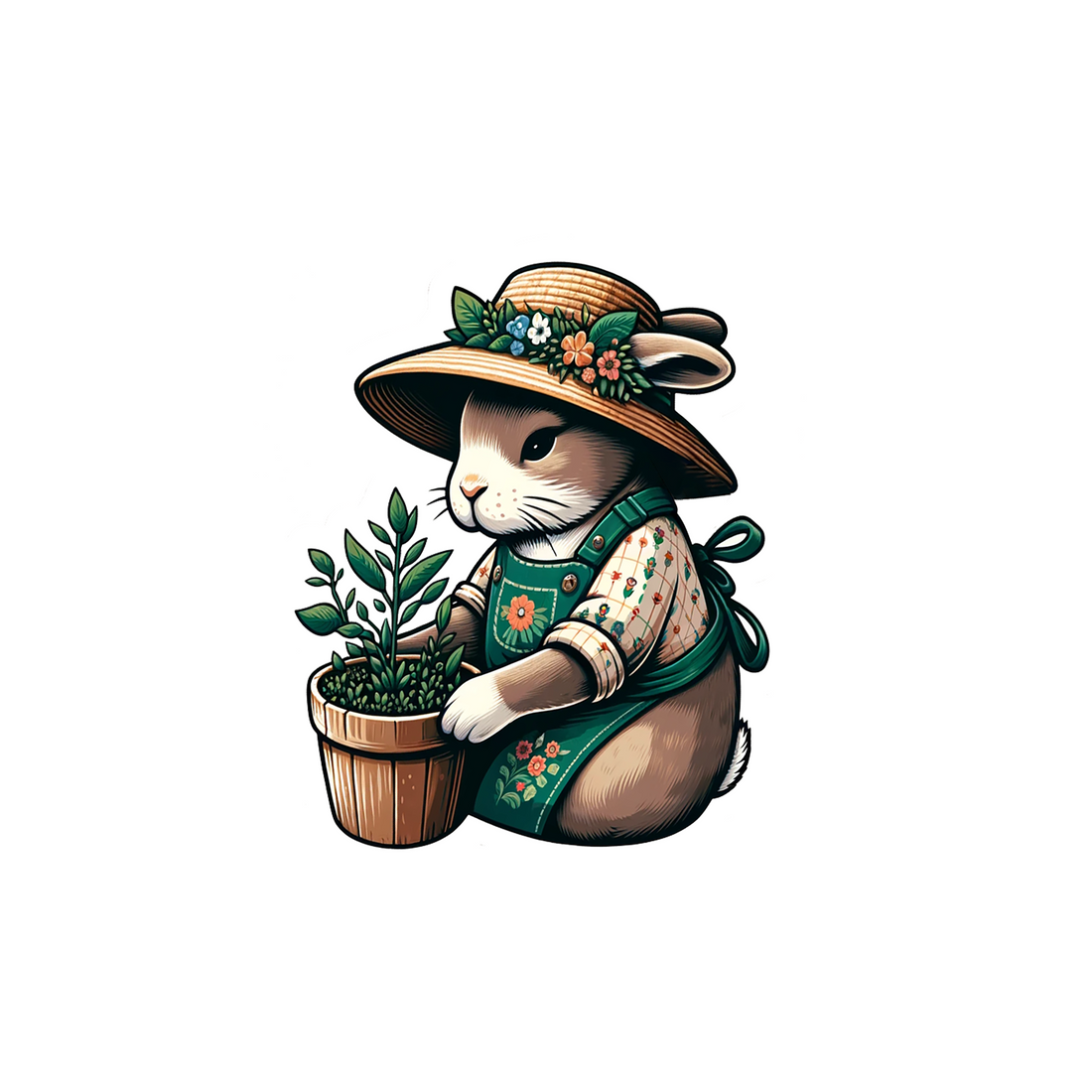
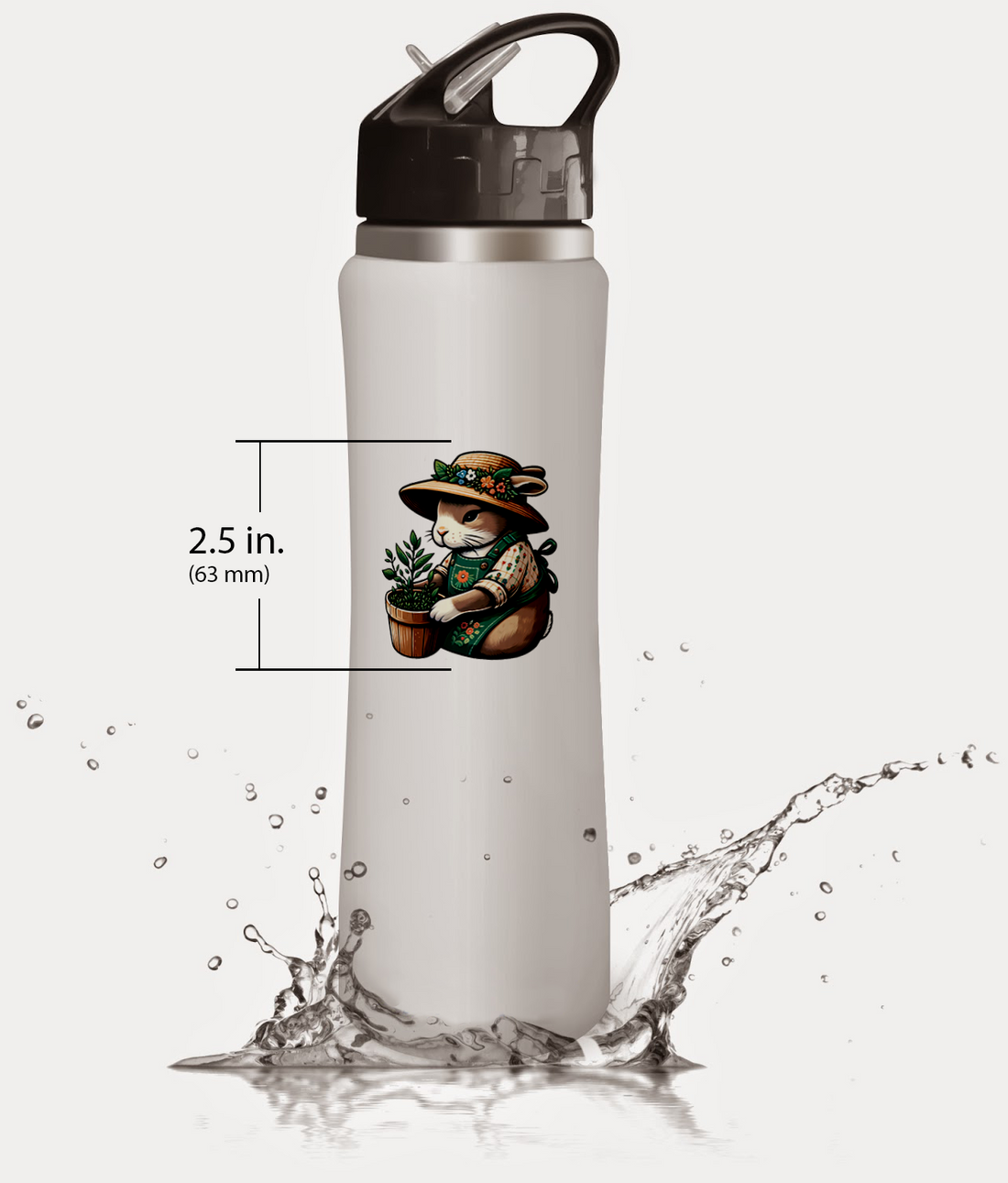






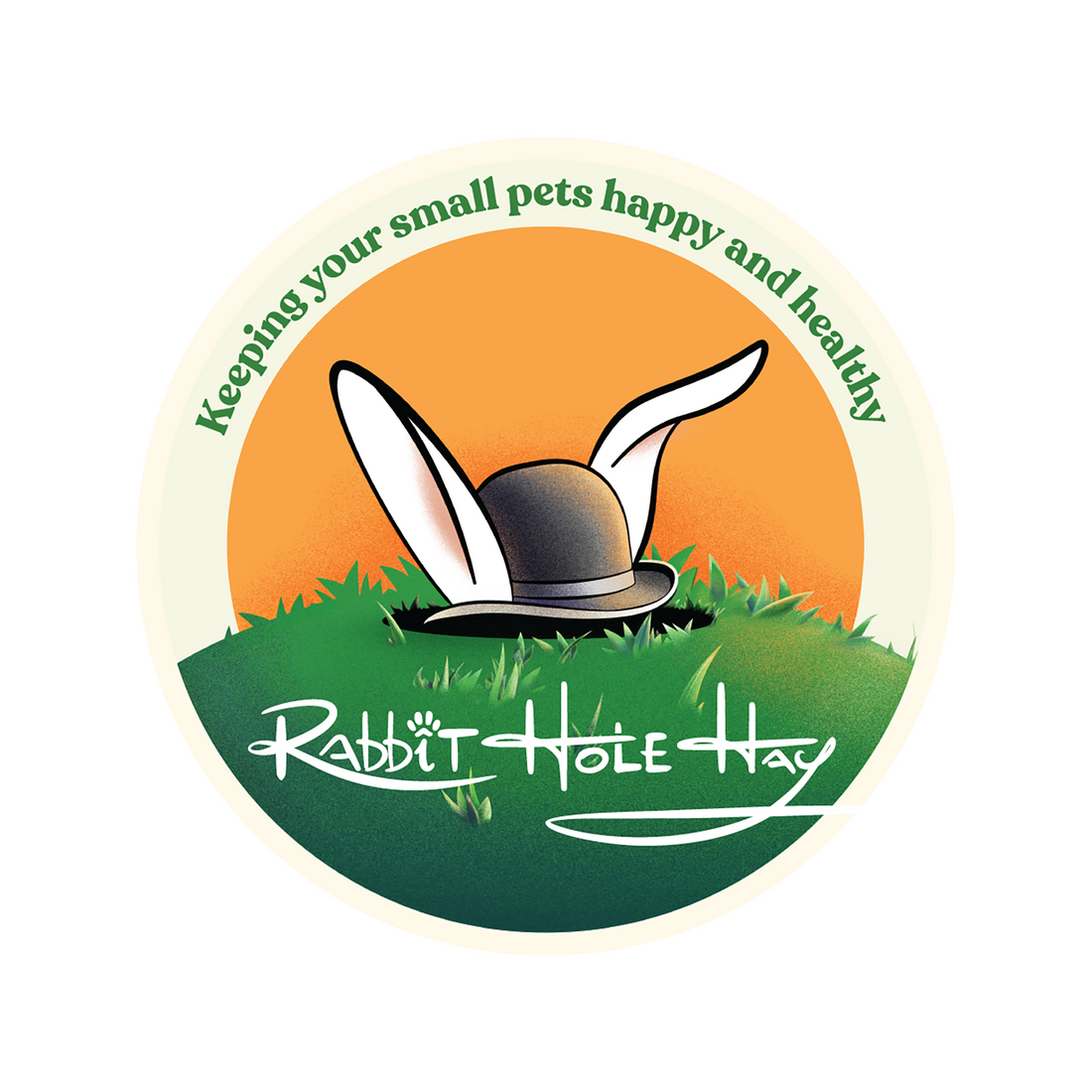
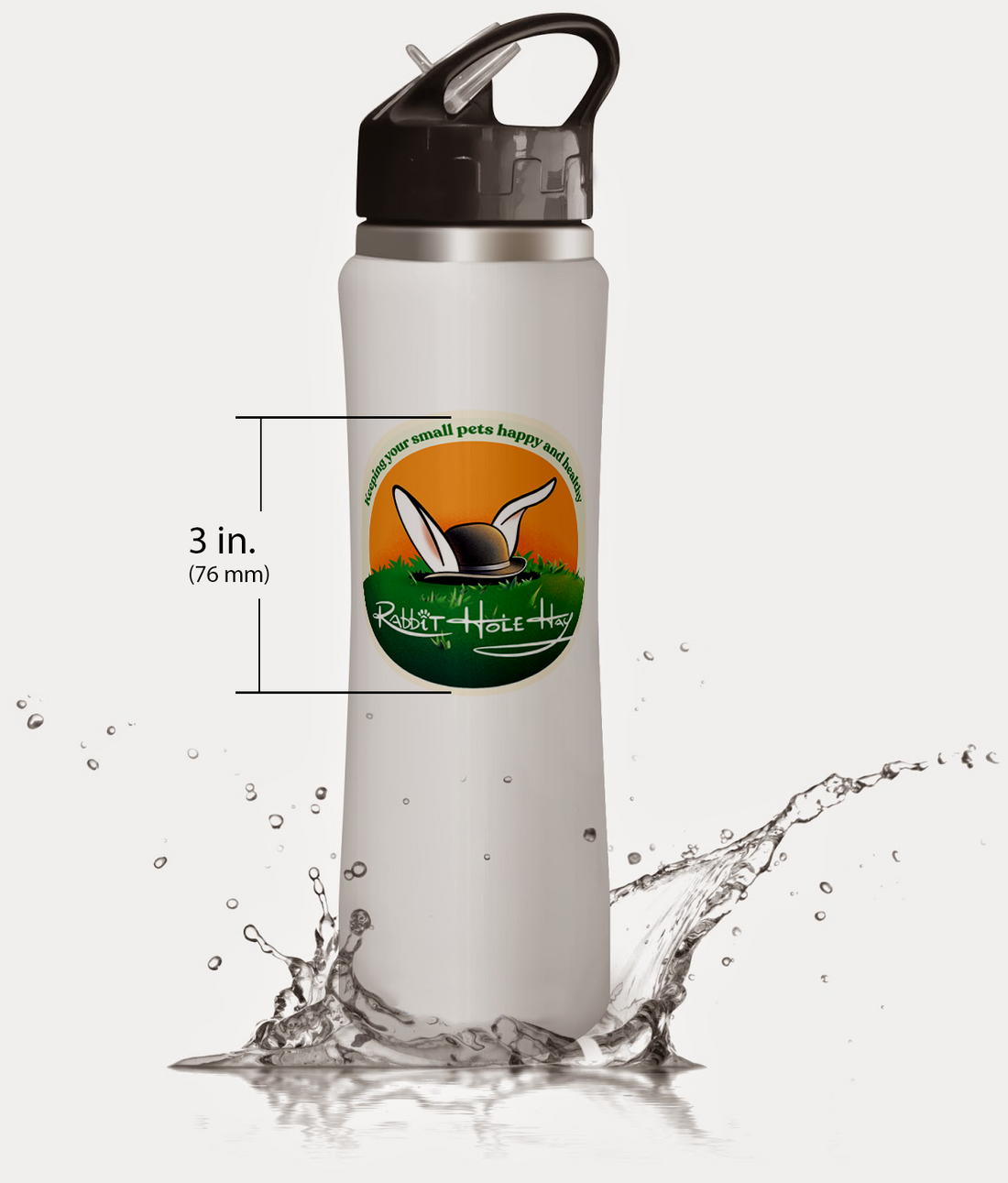









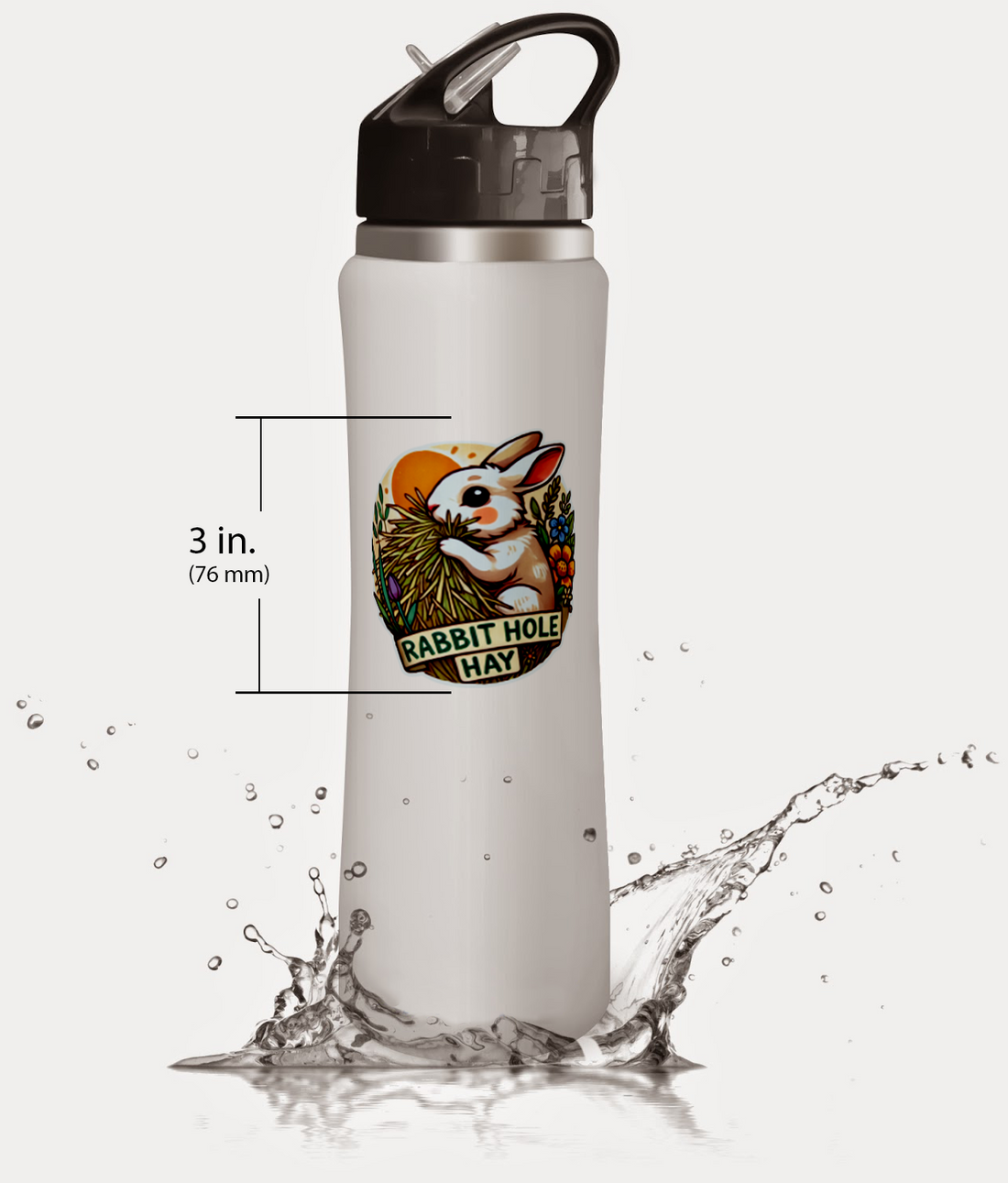
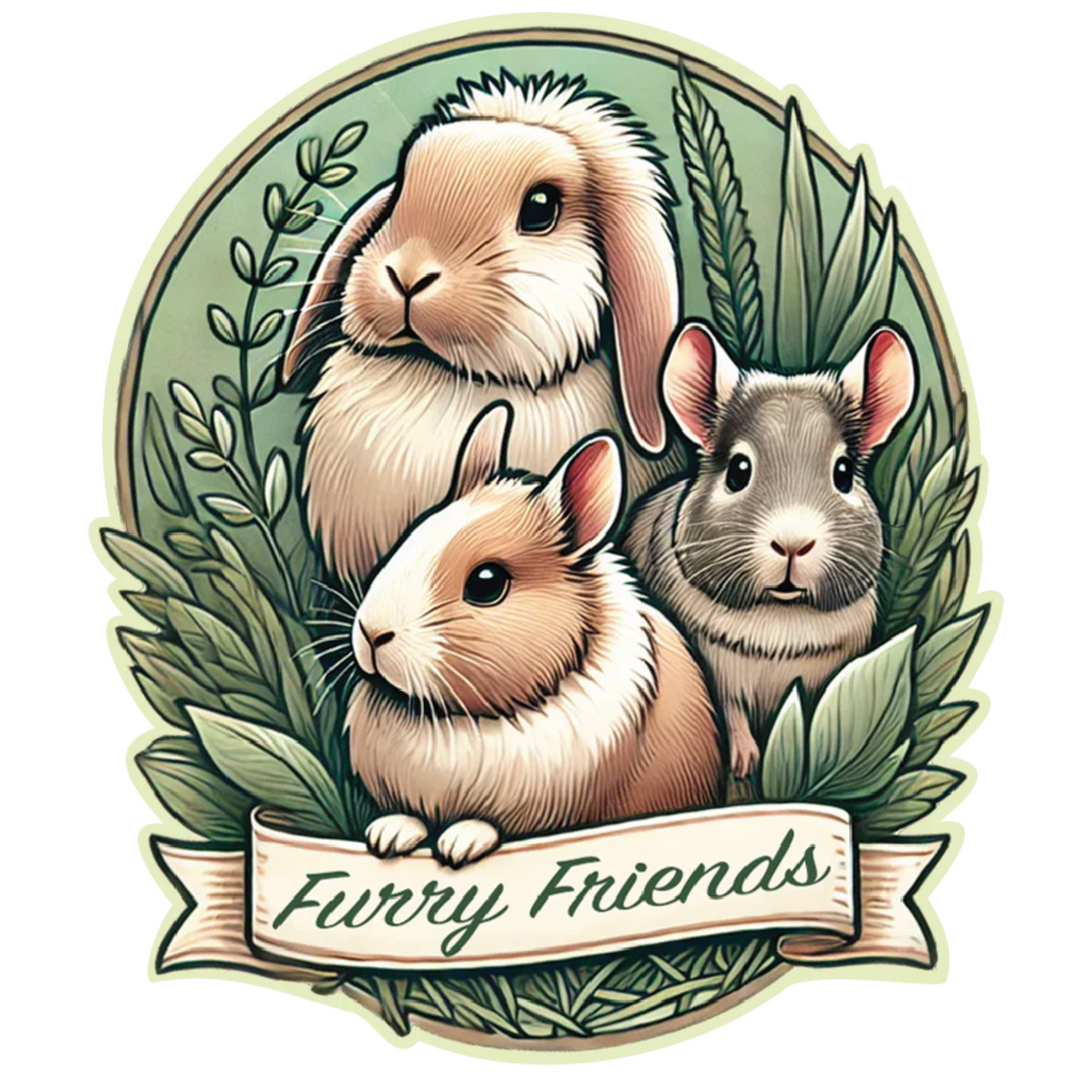
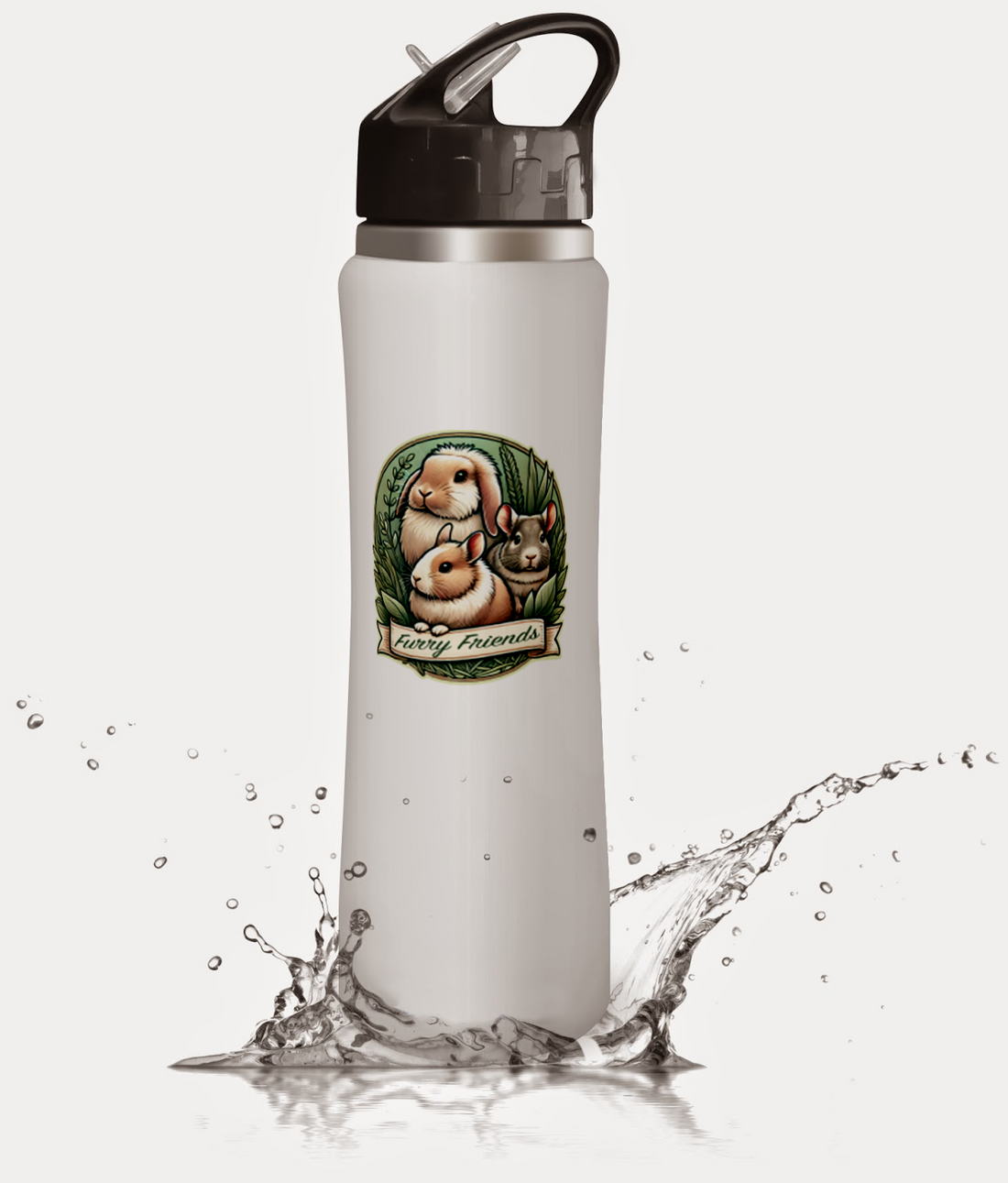





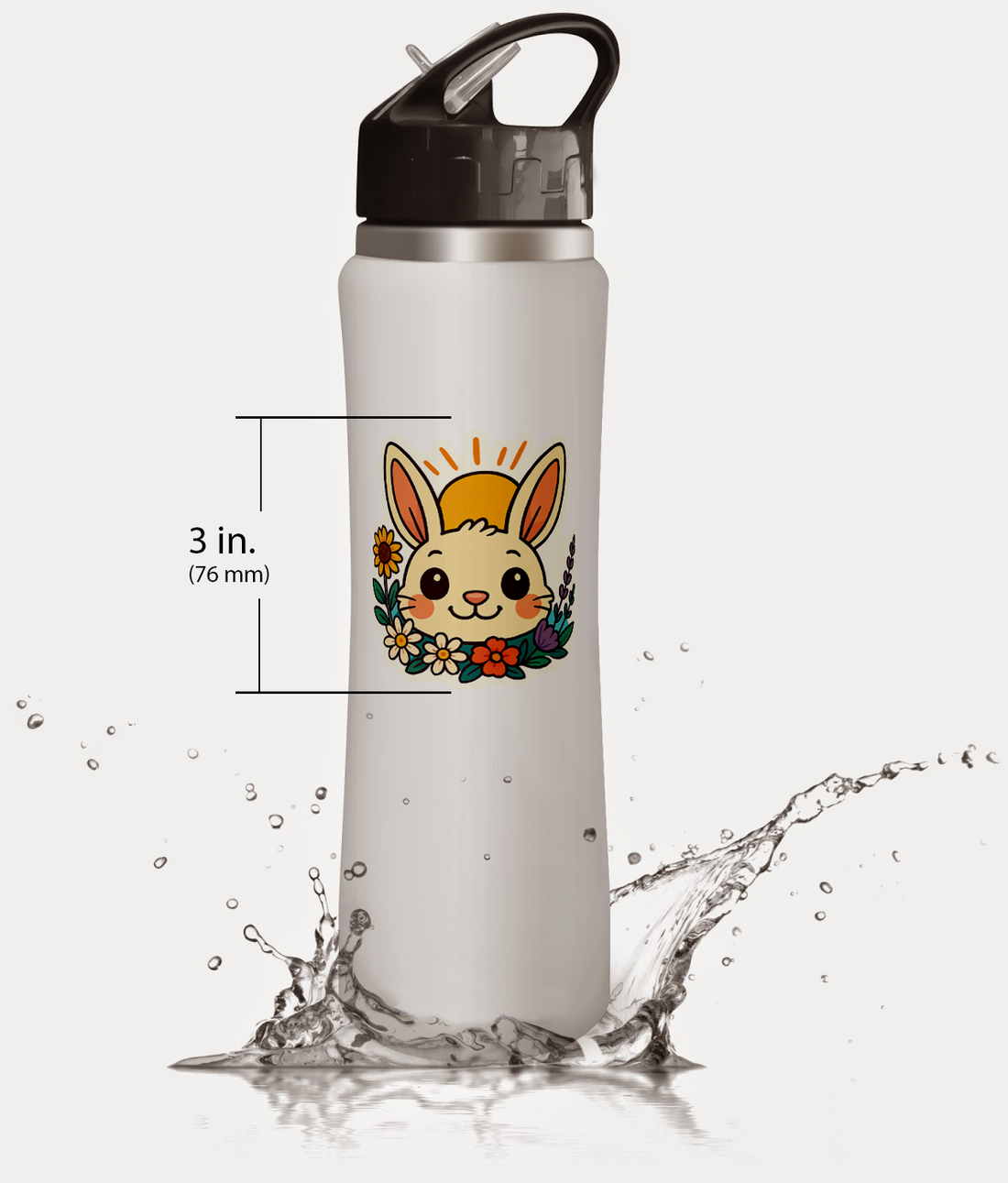







Comments